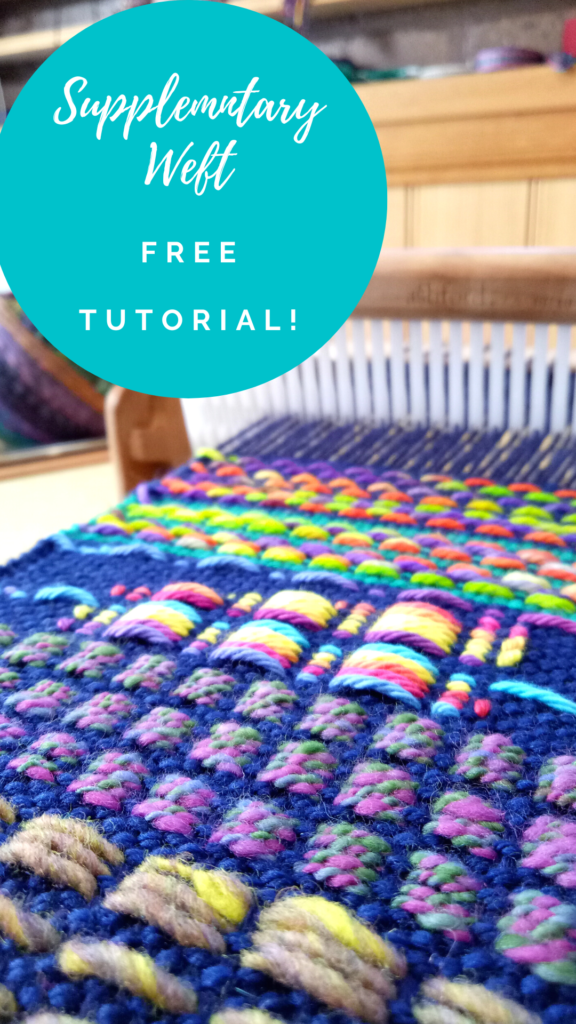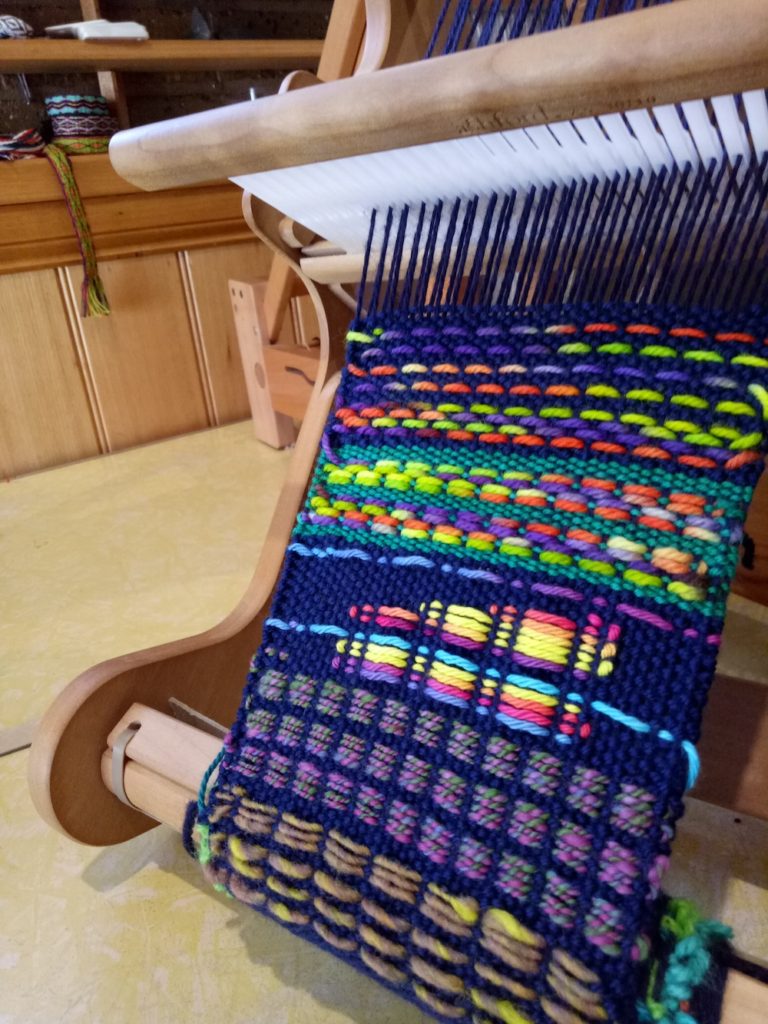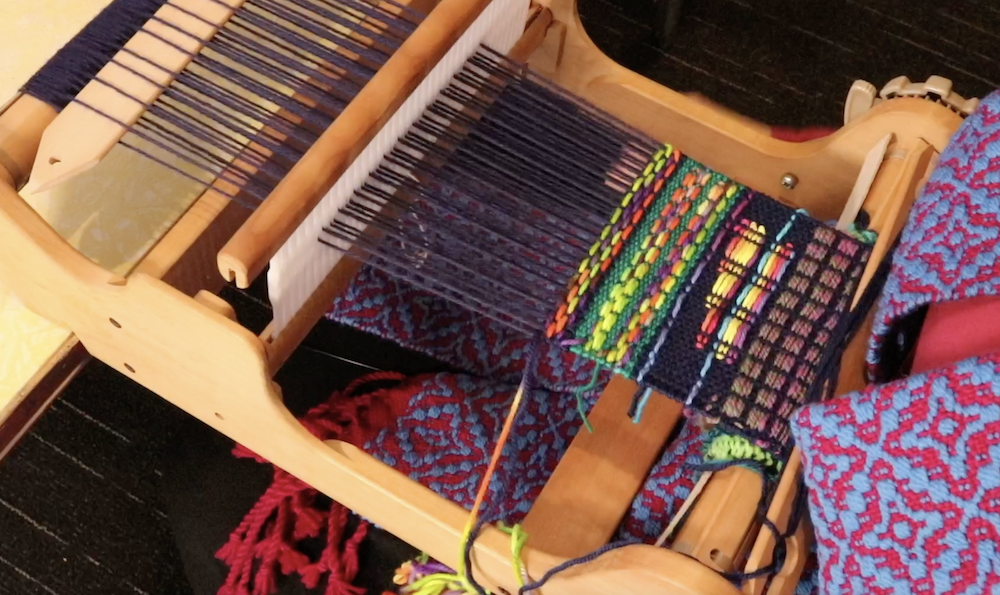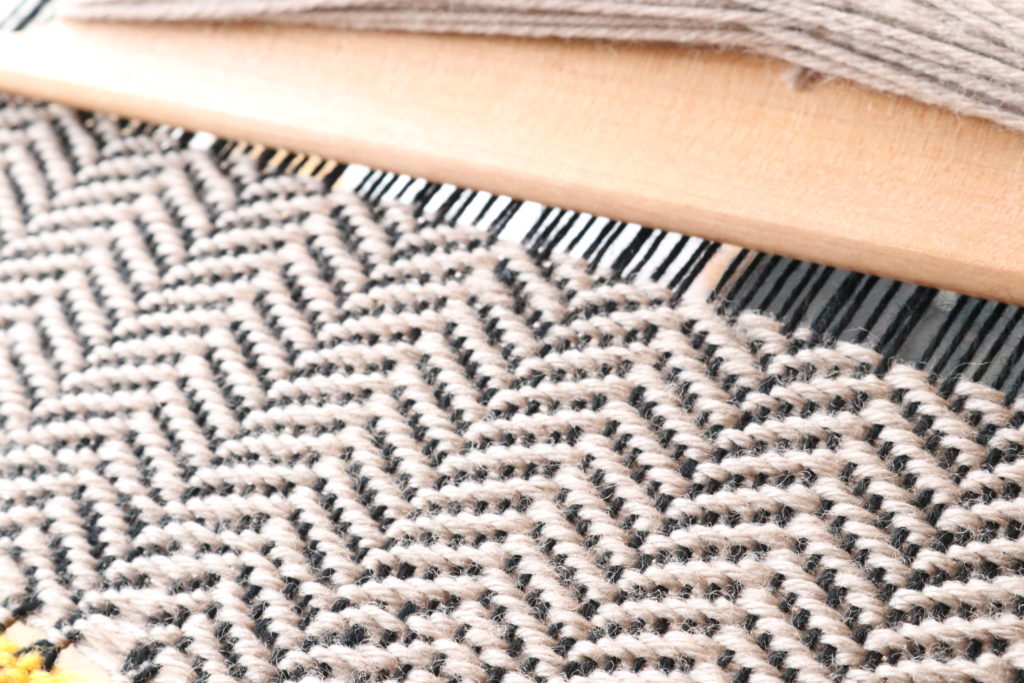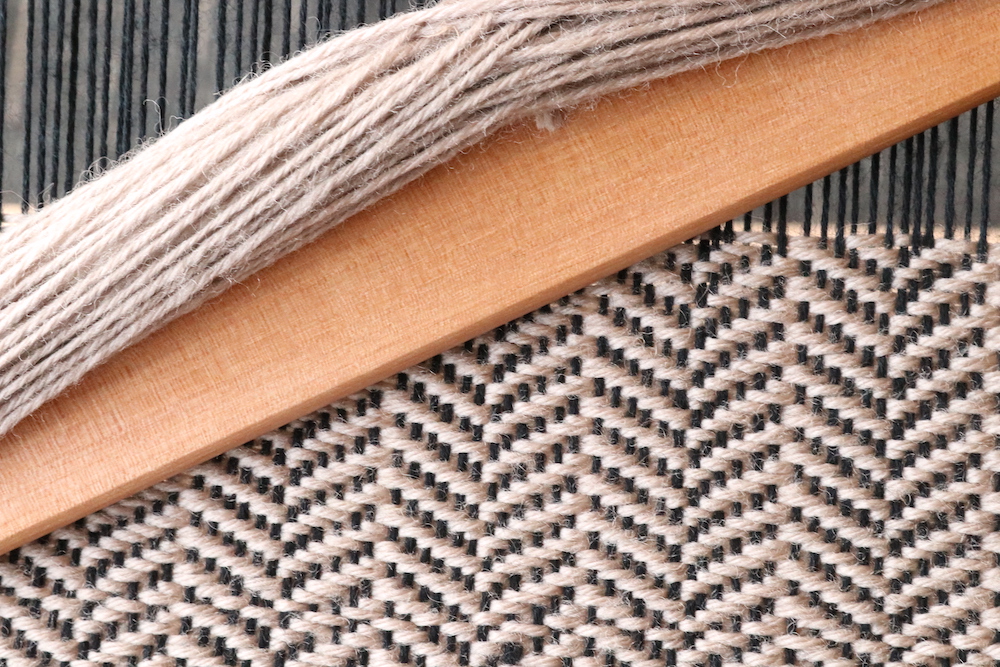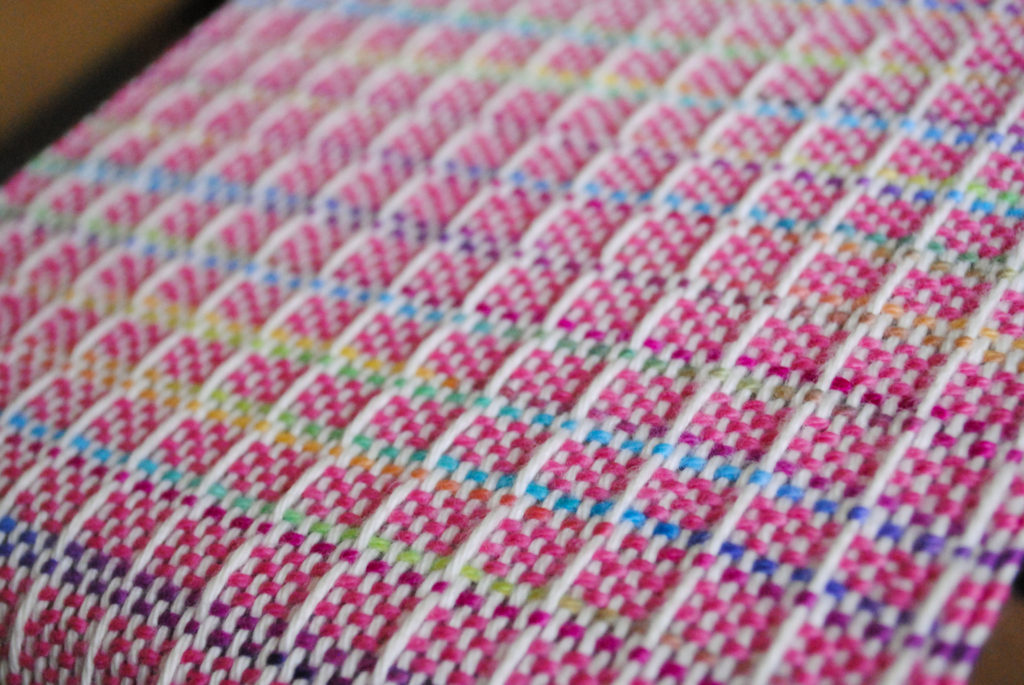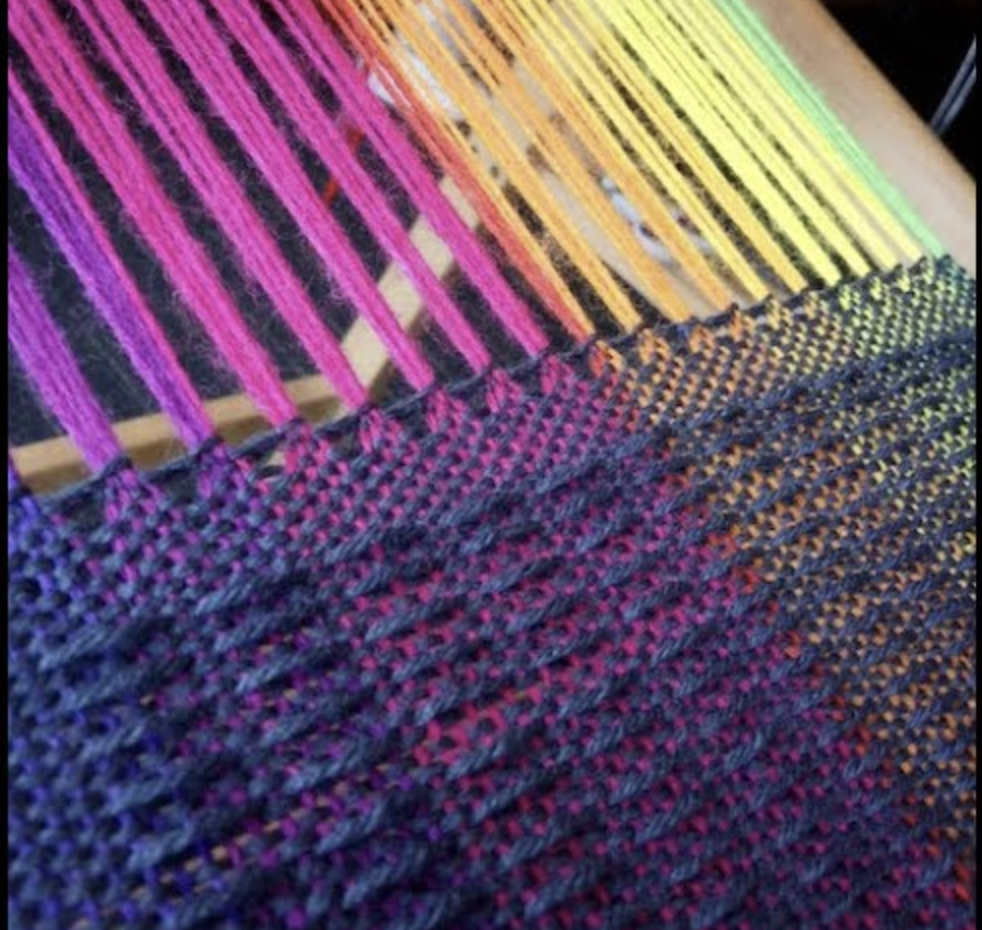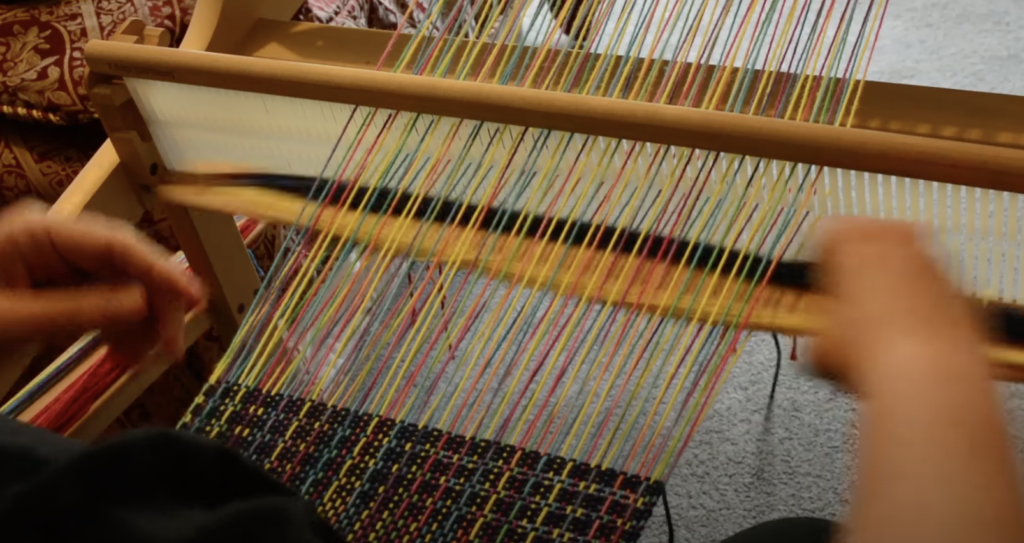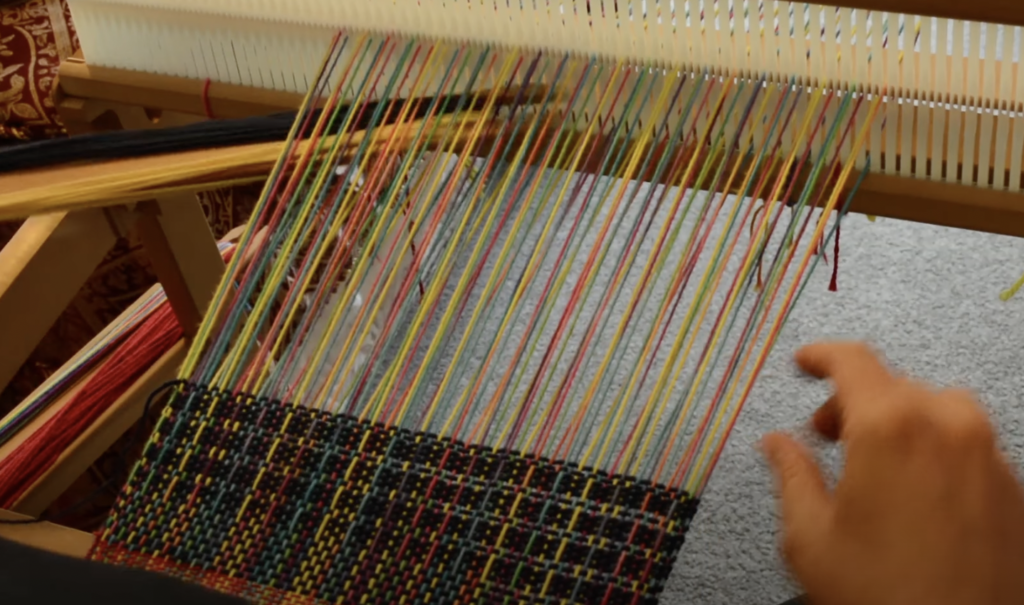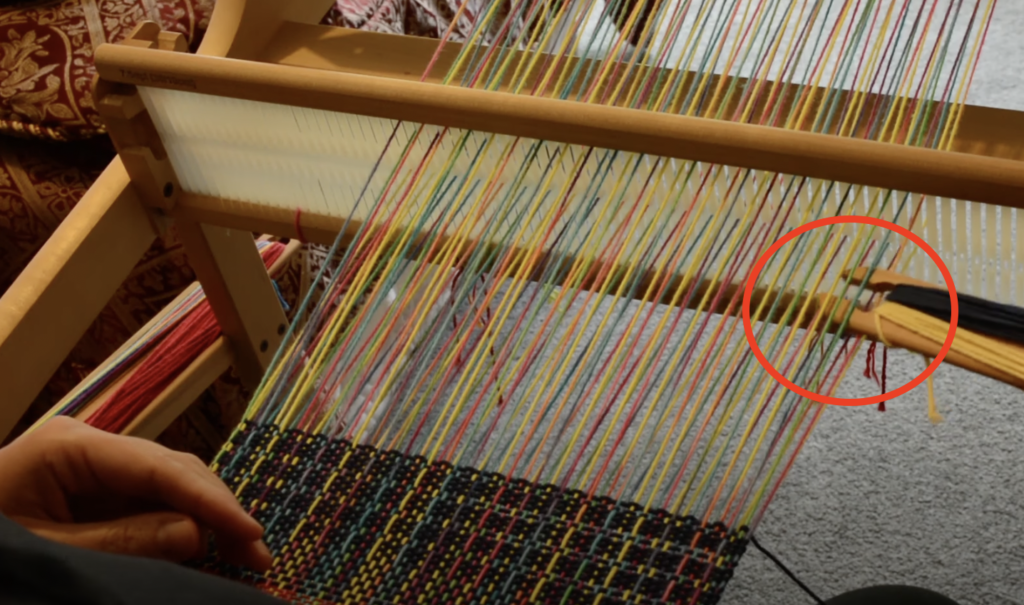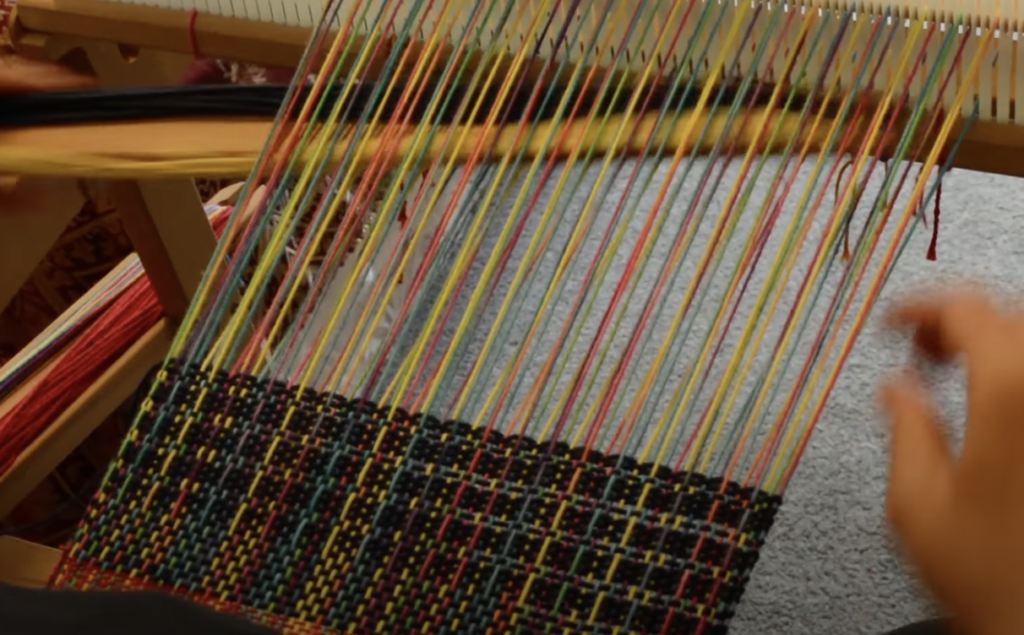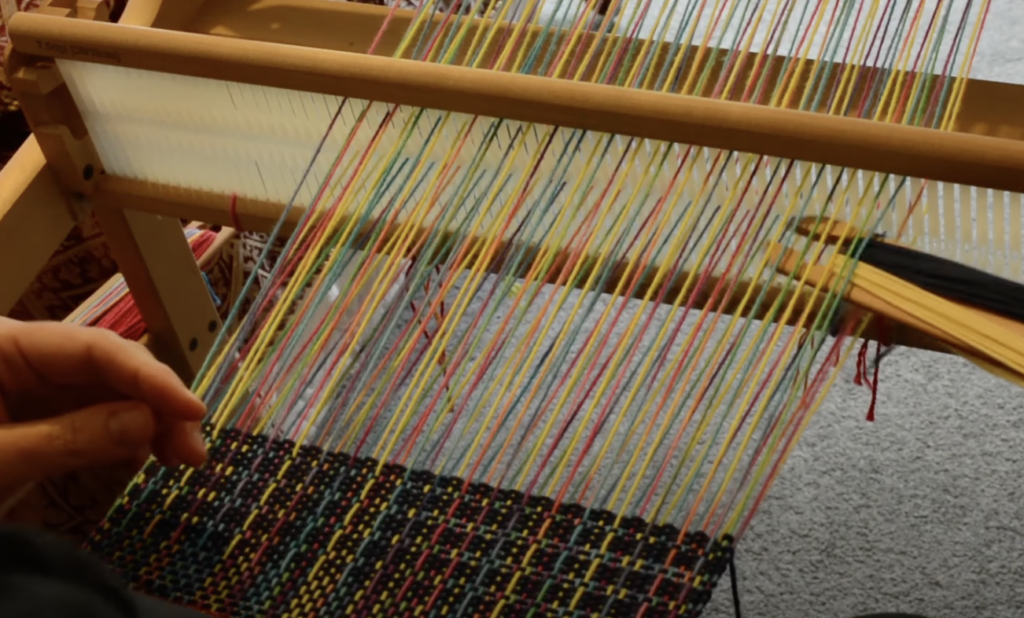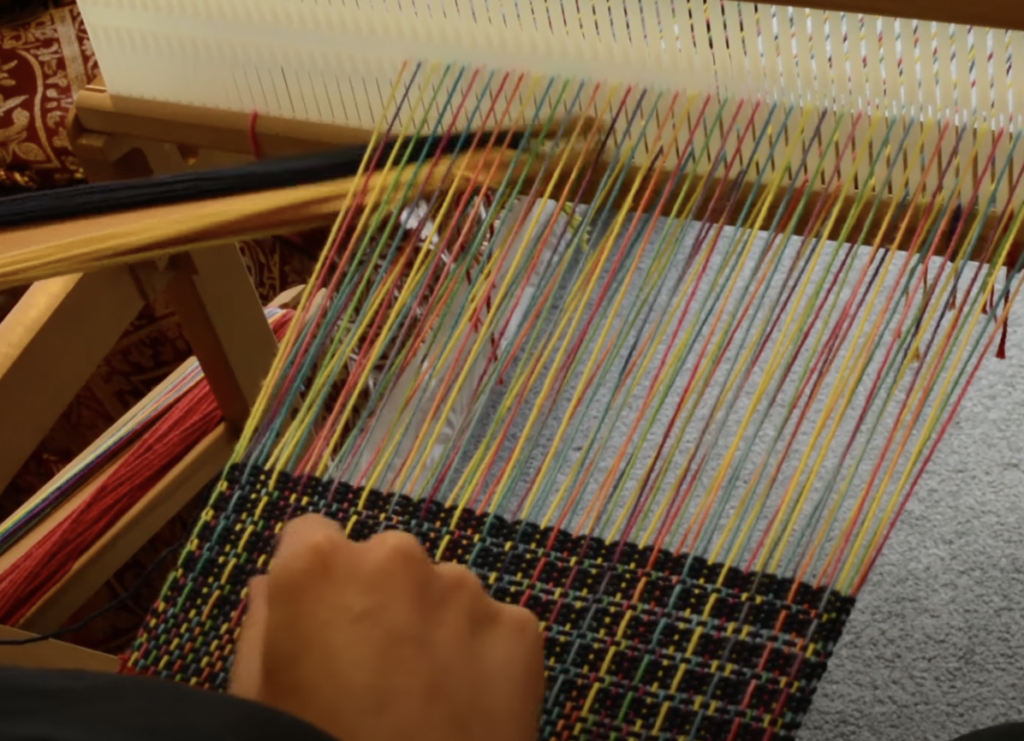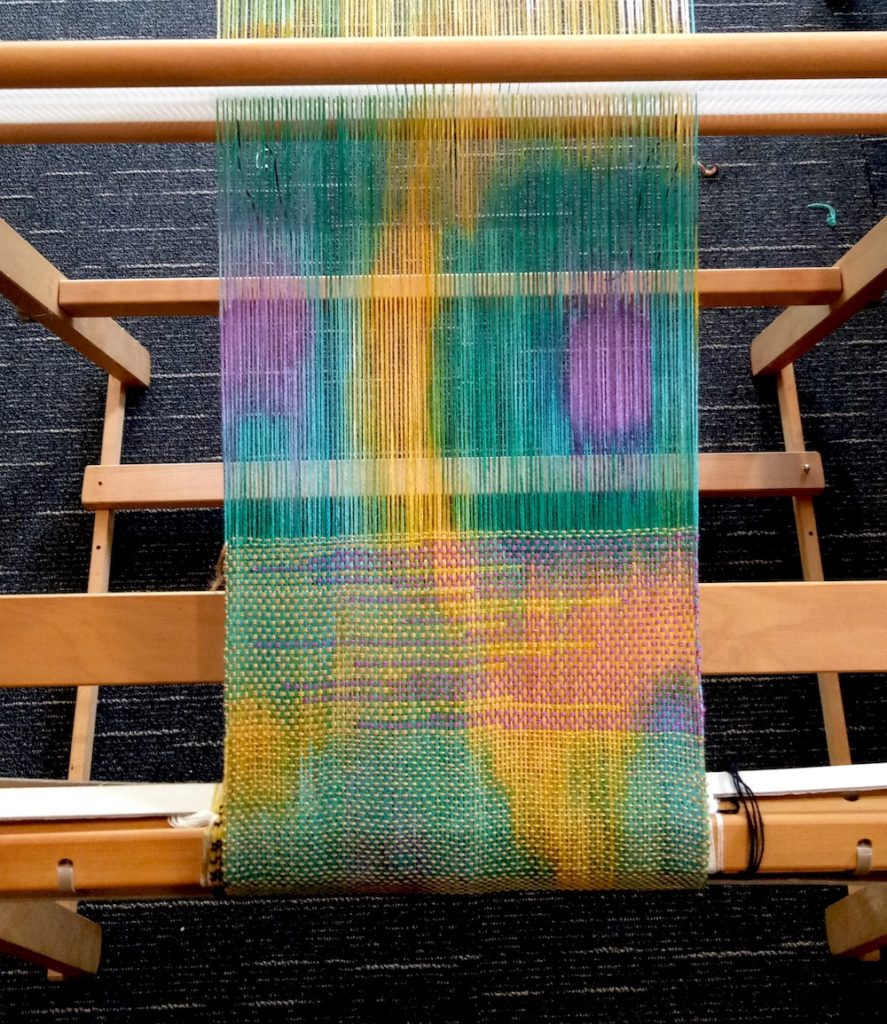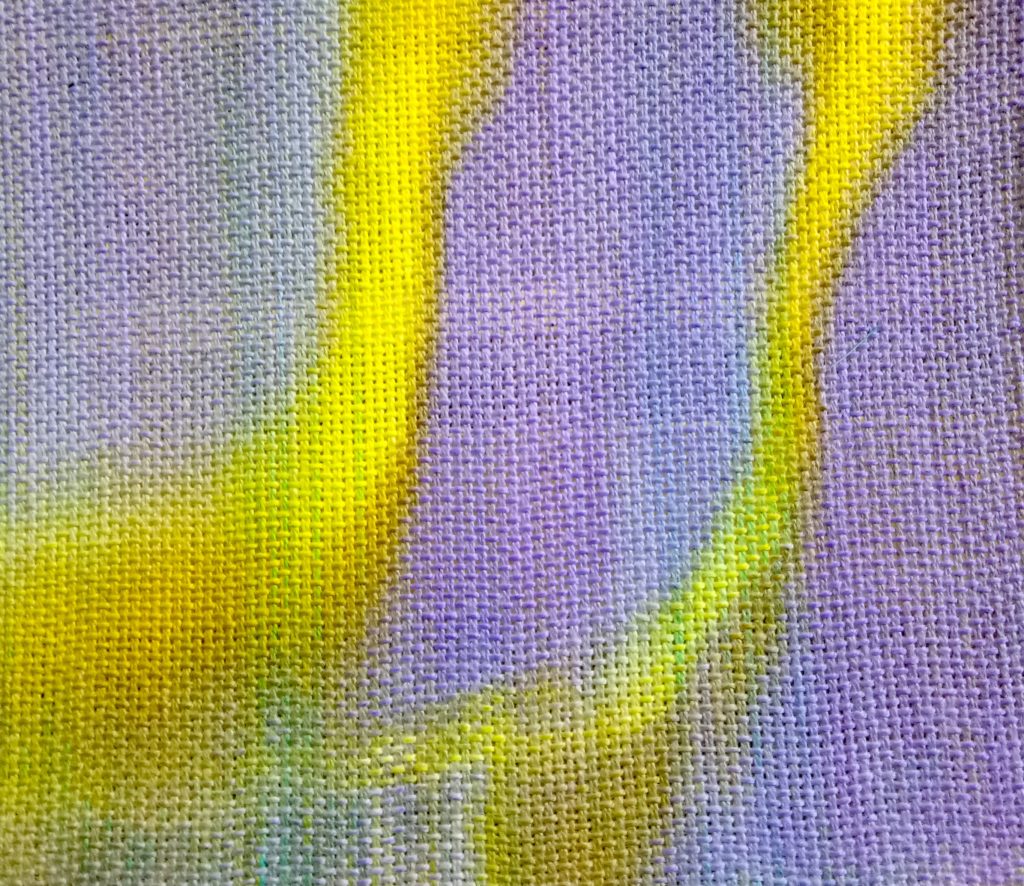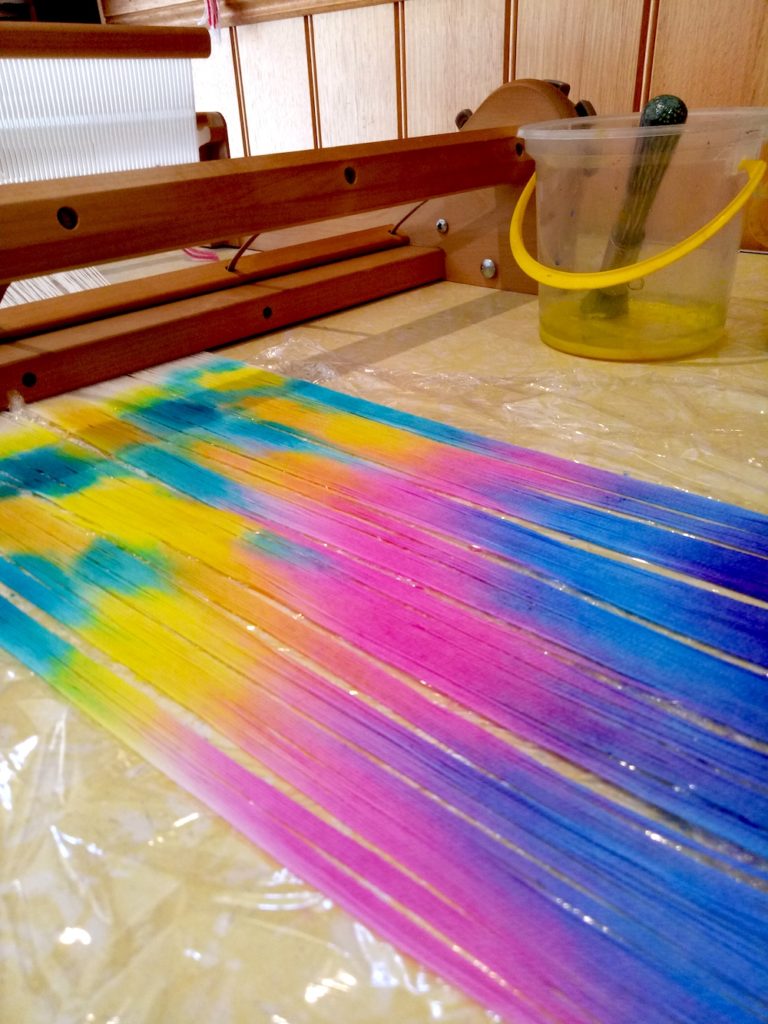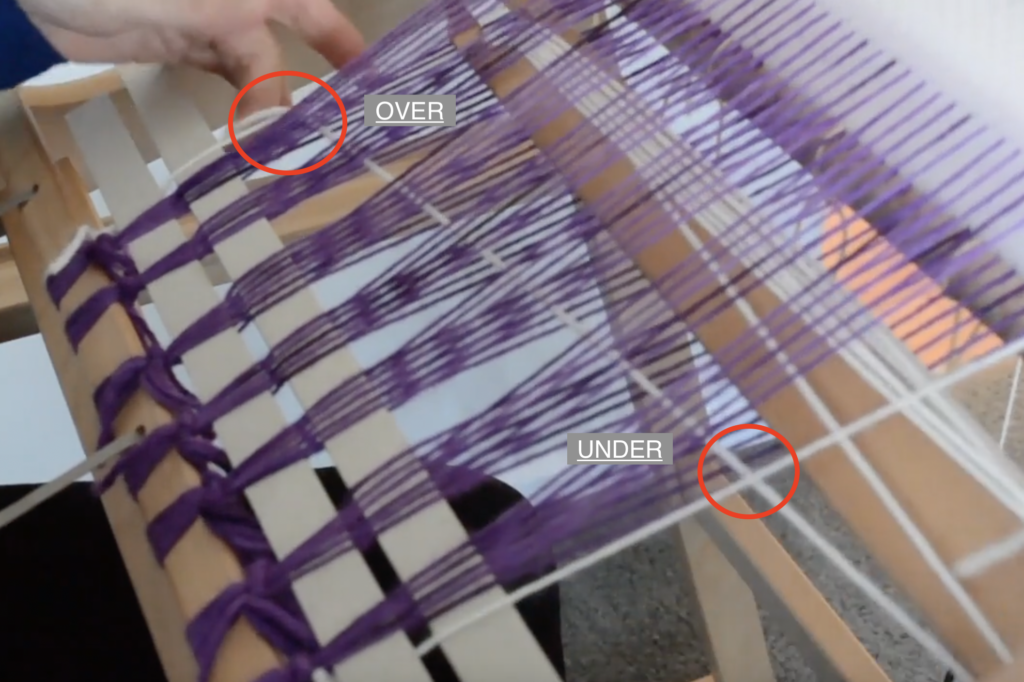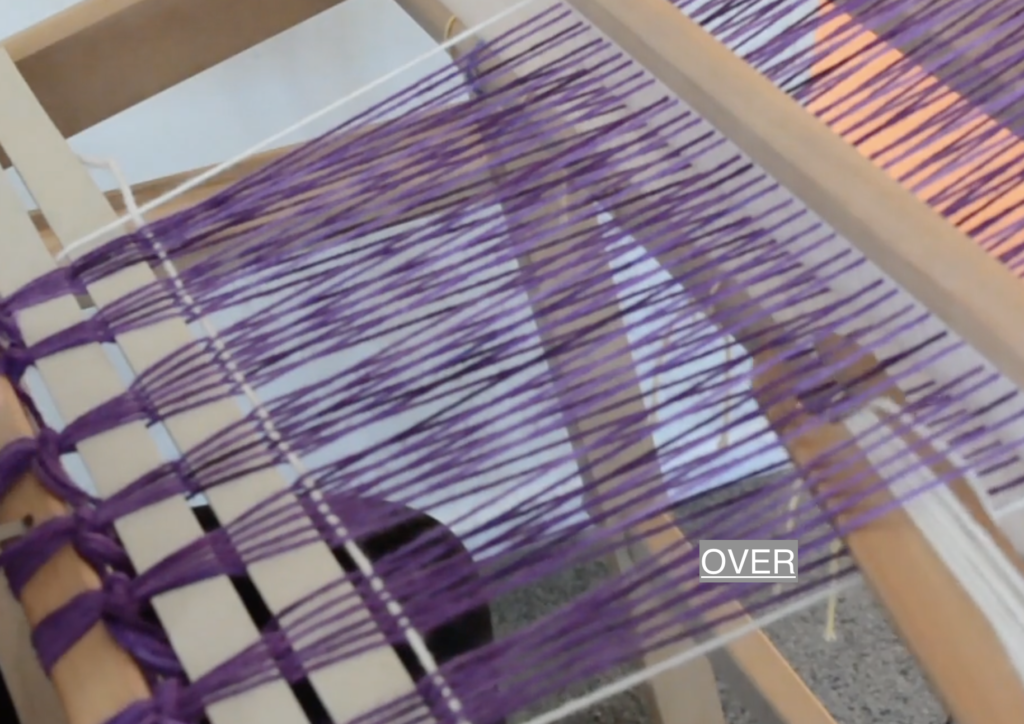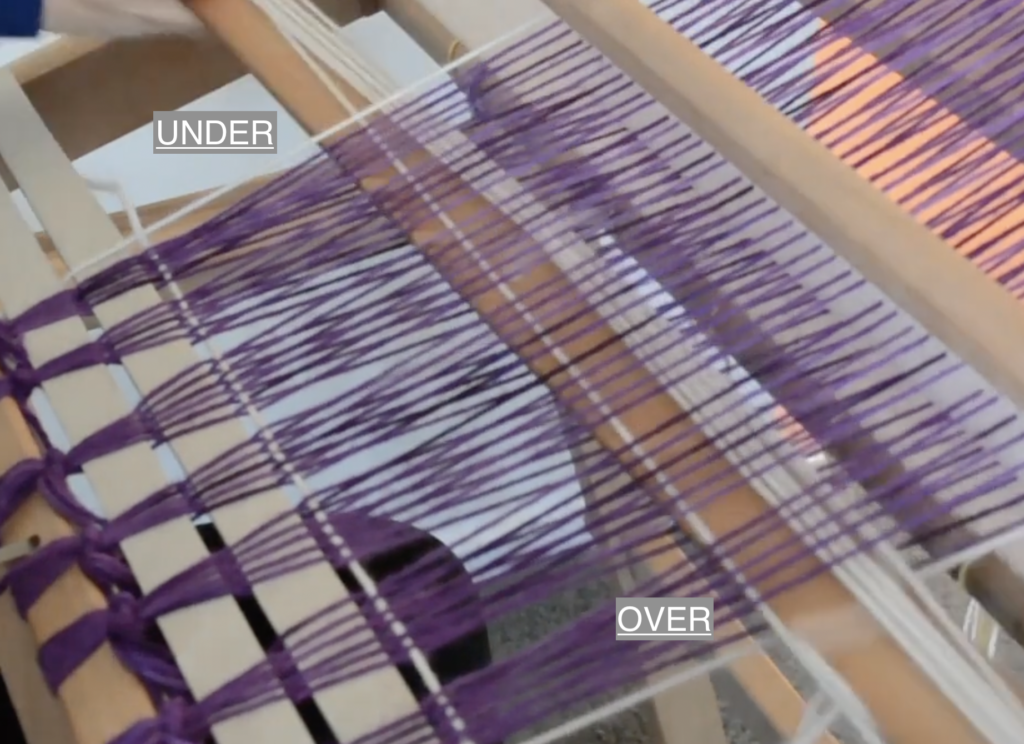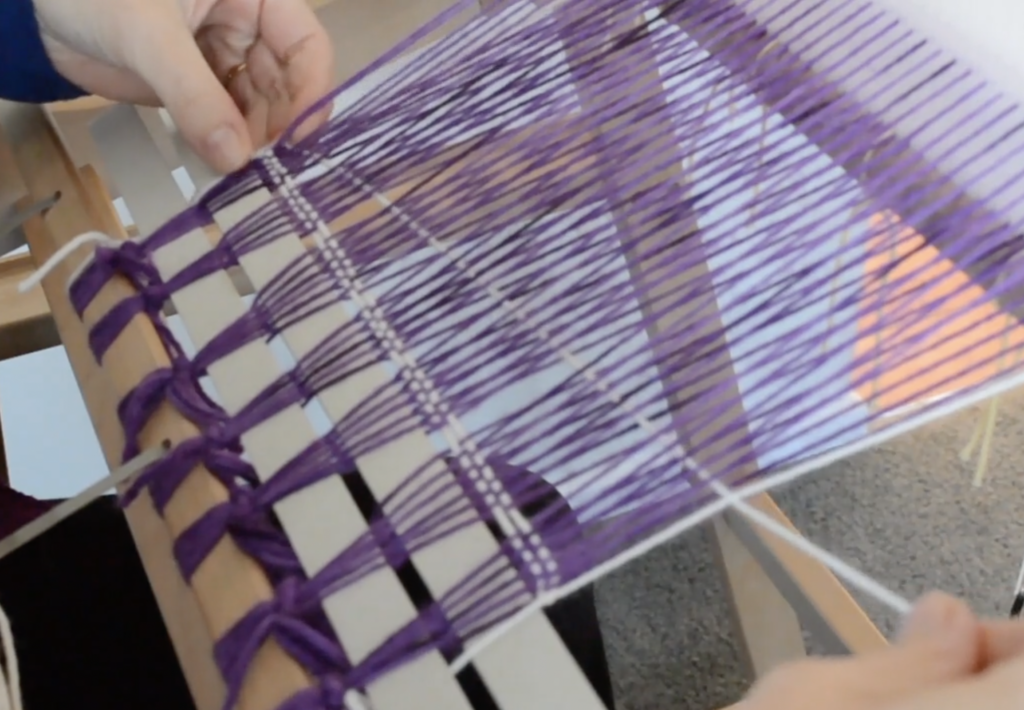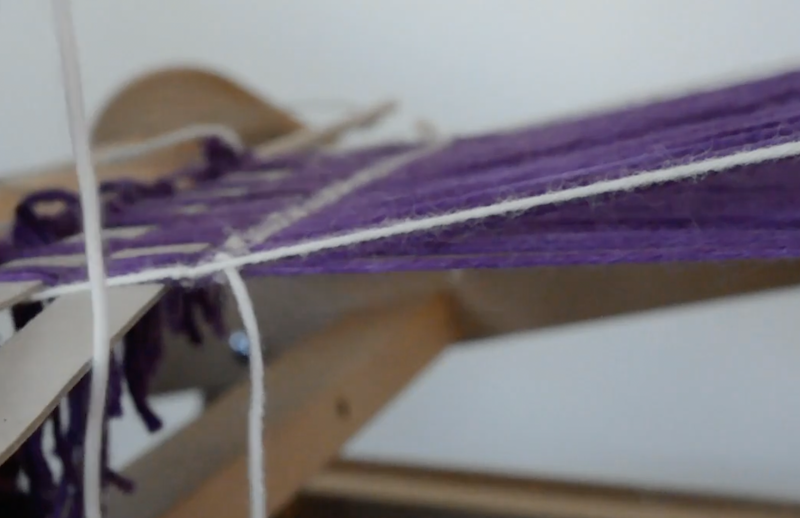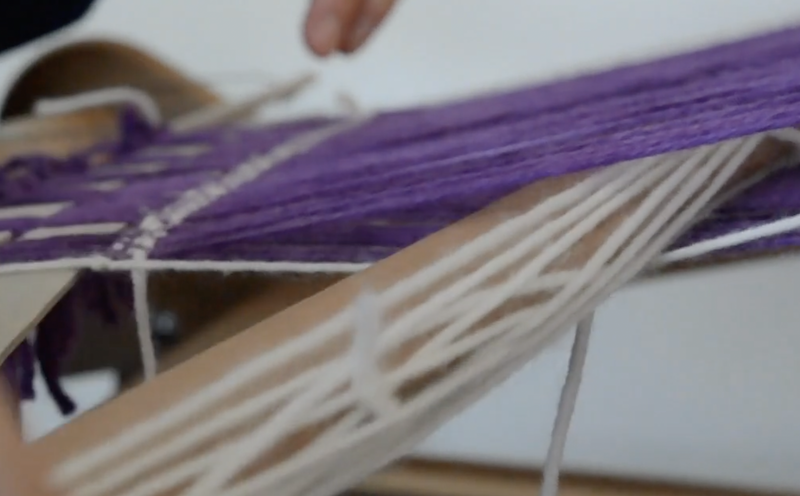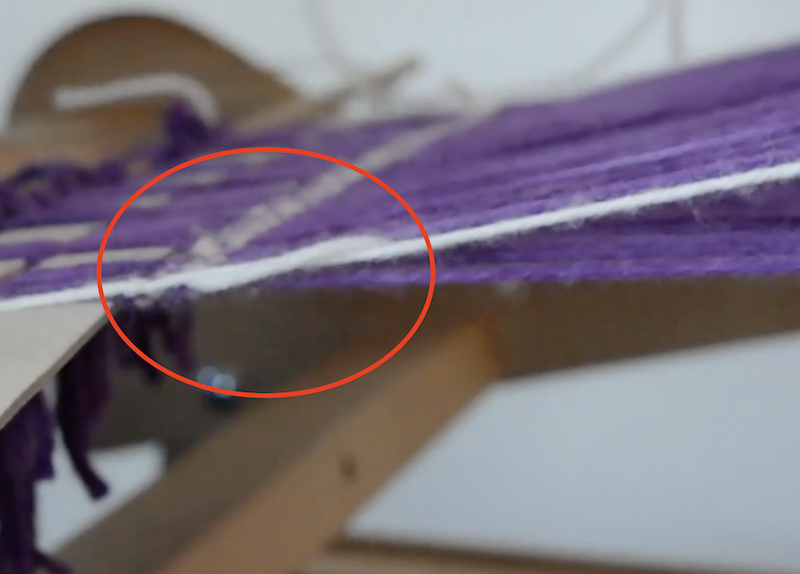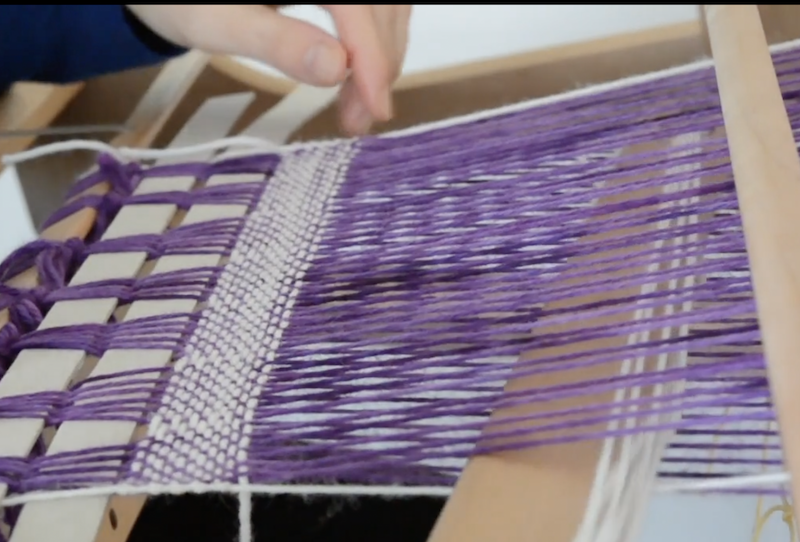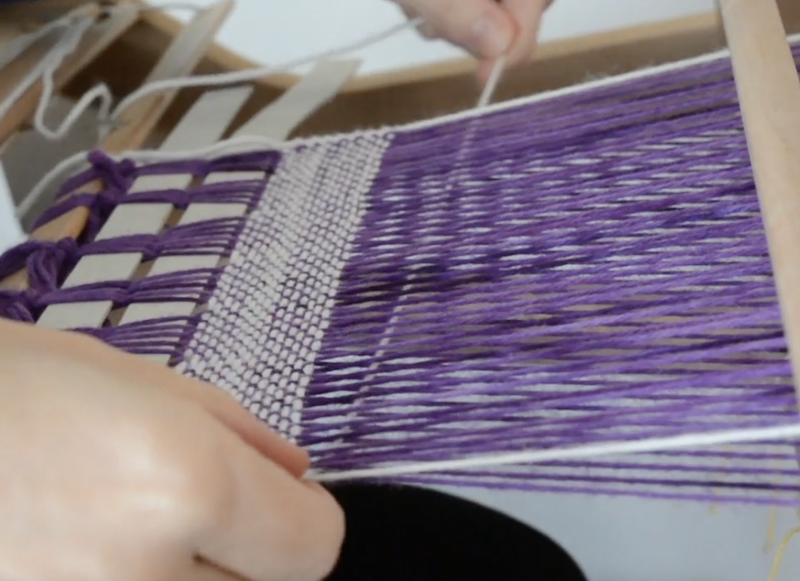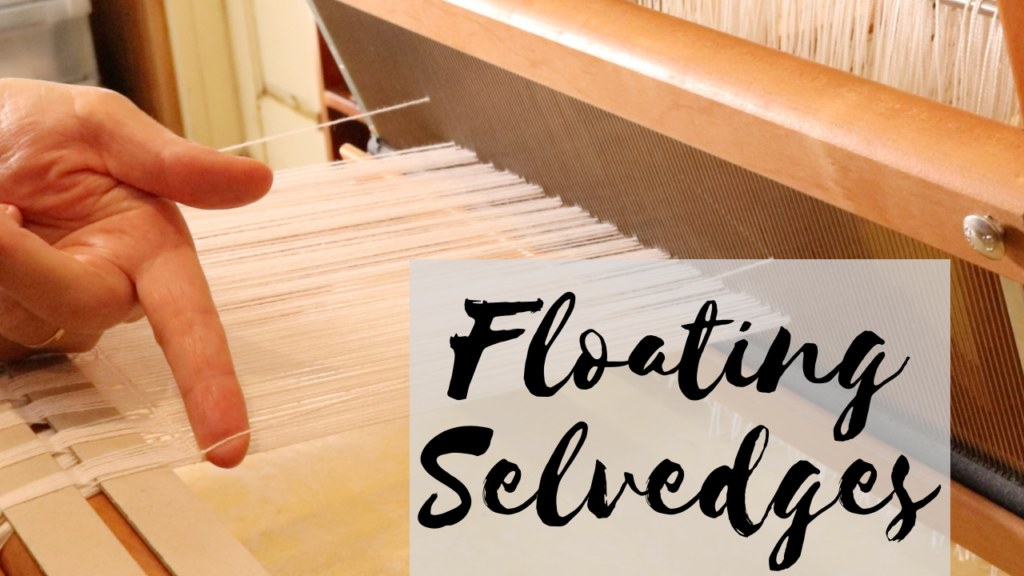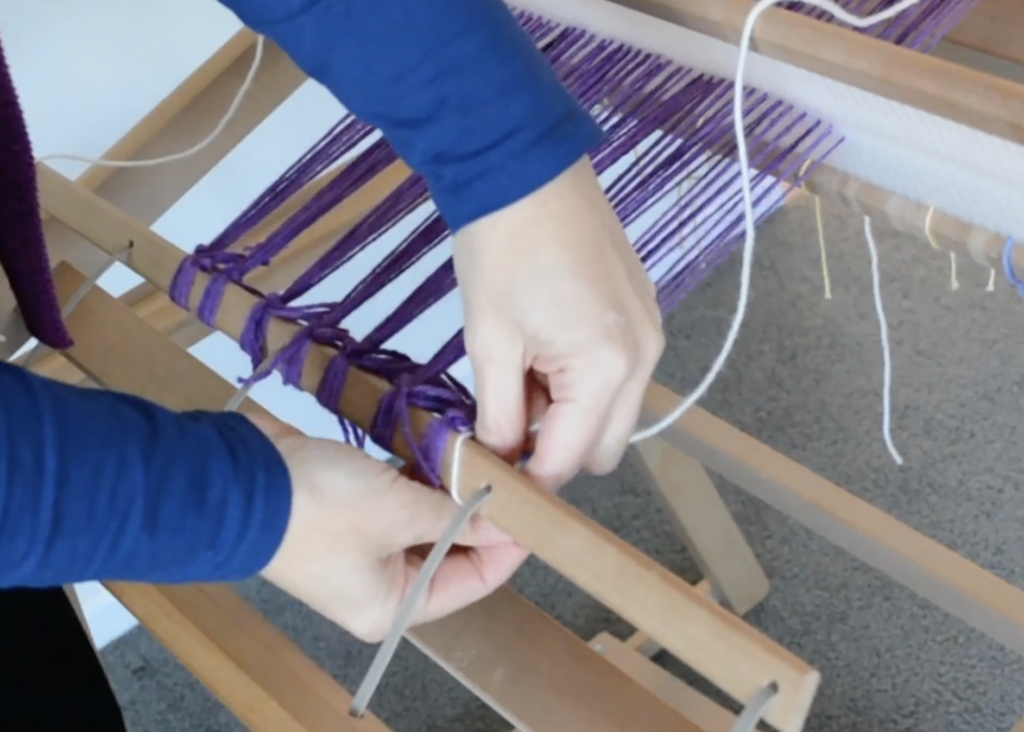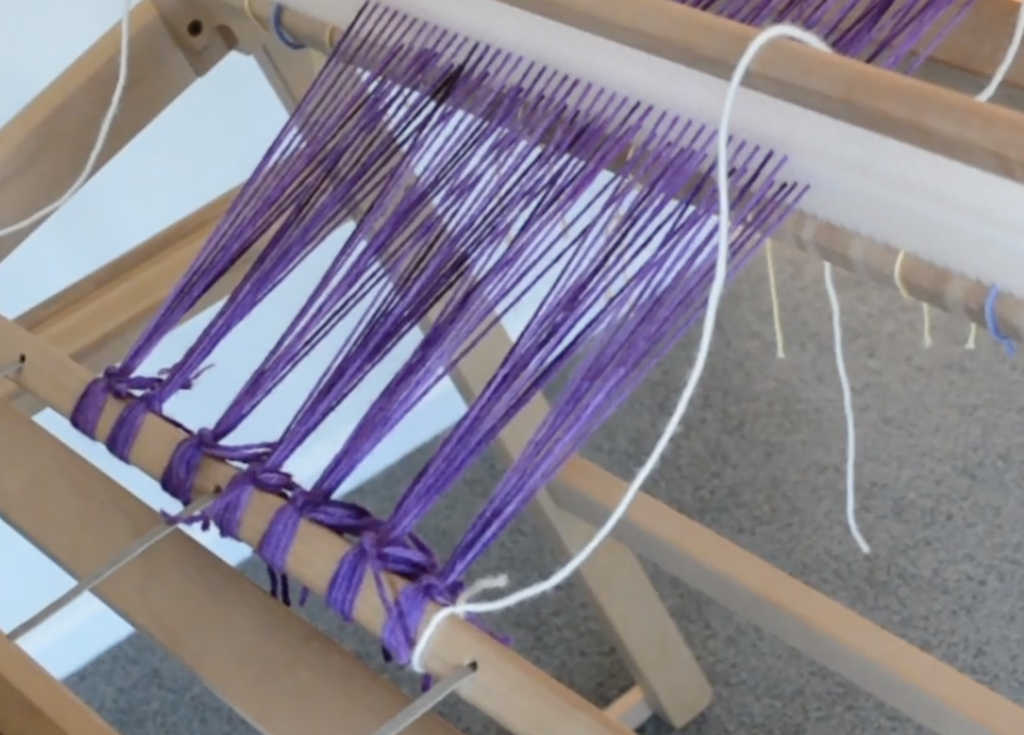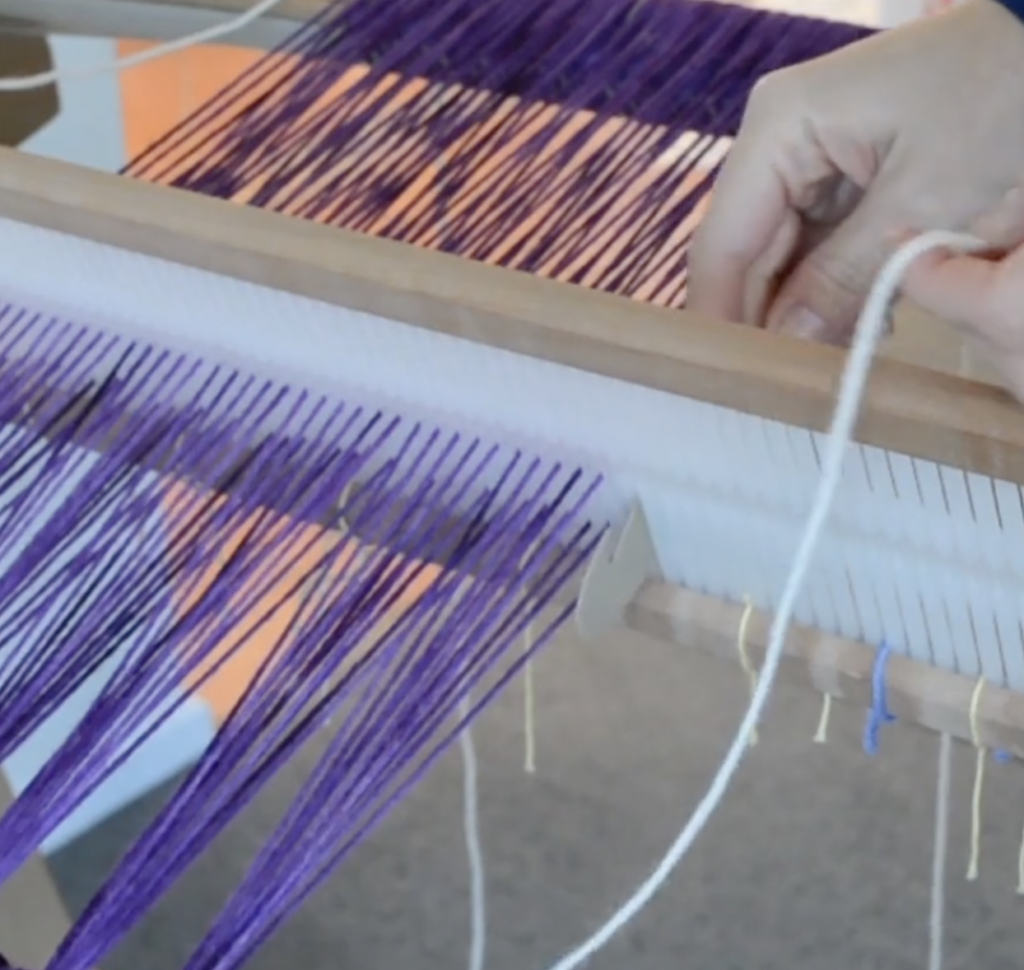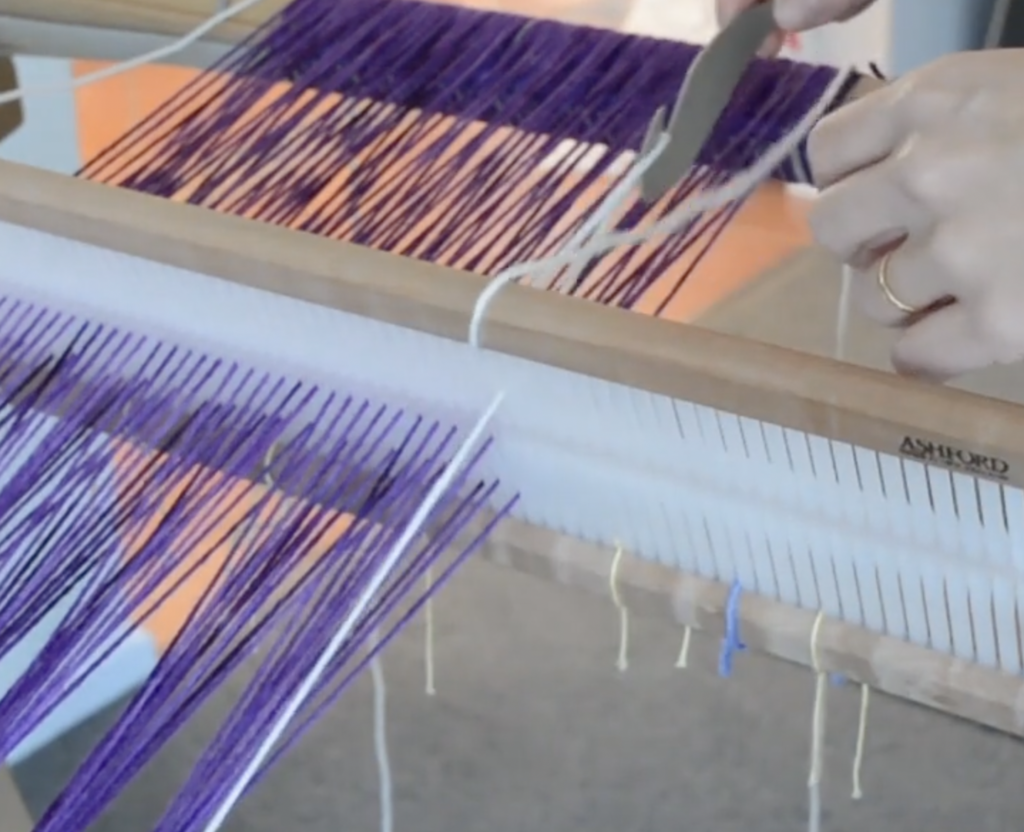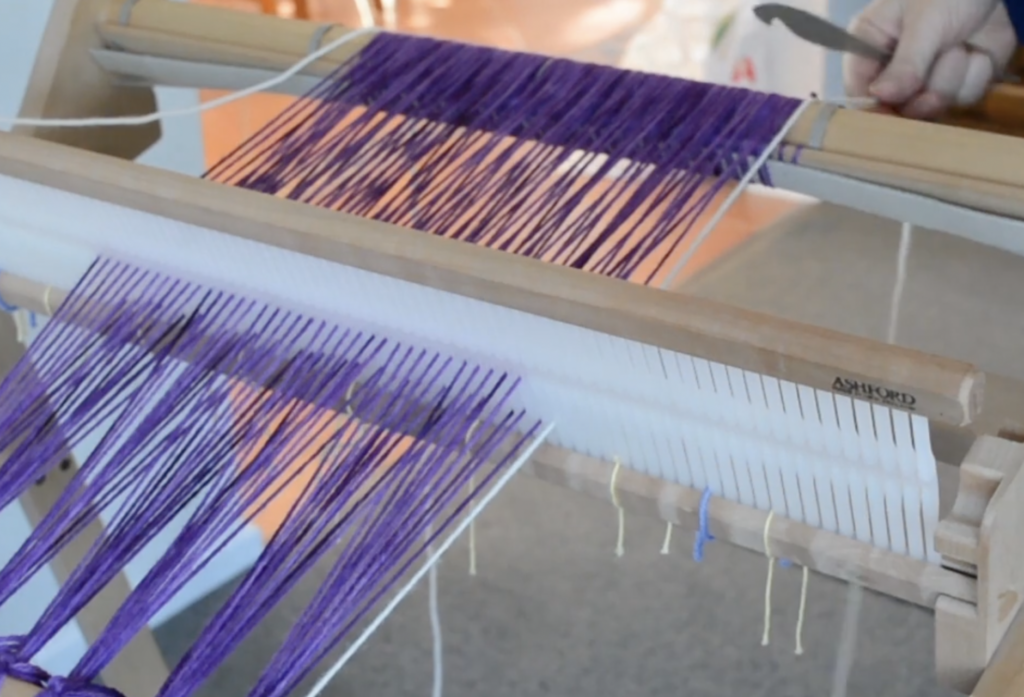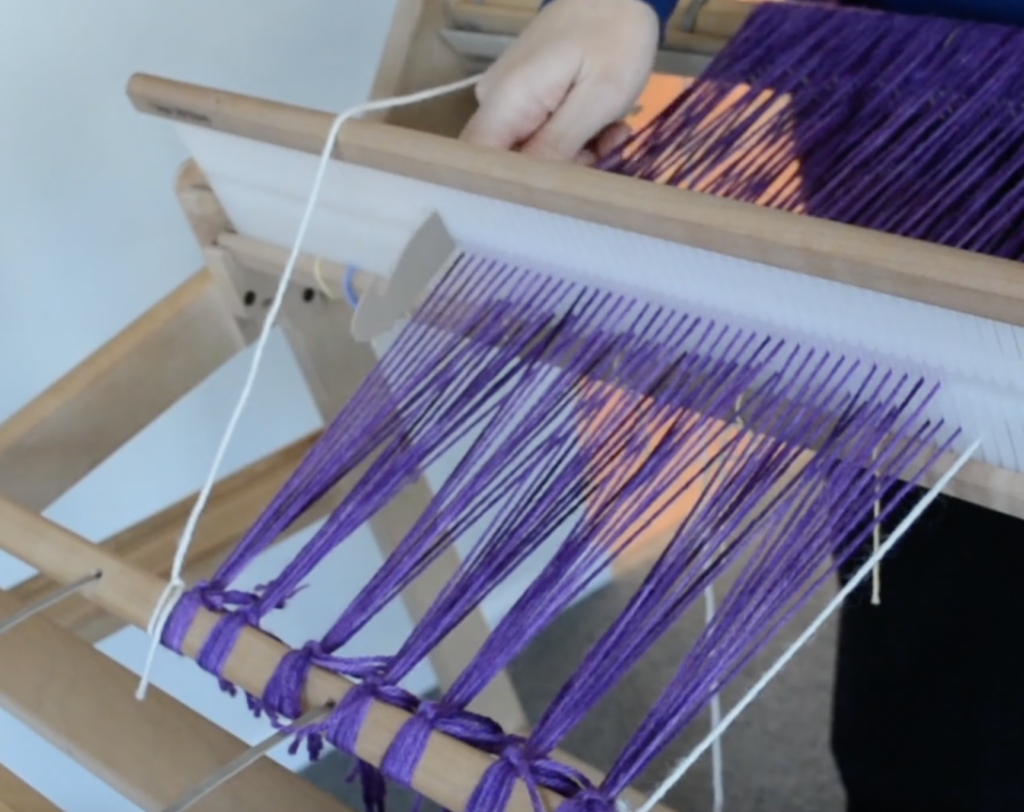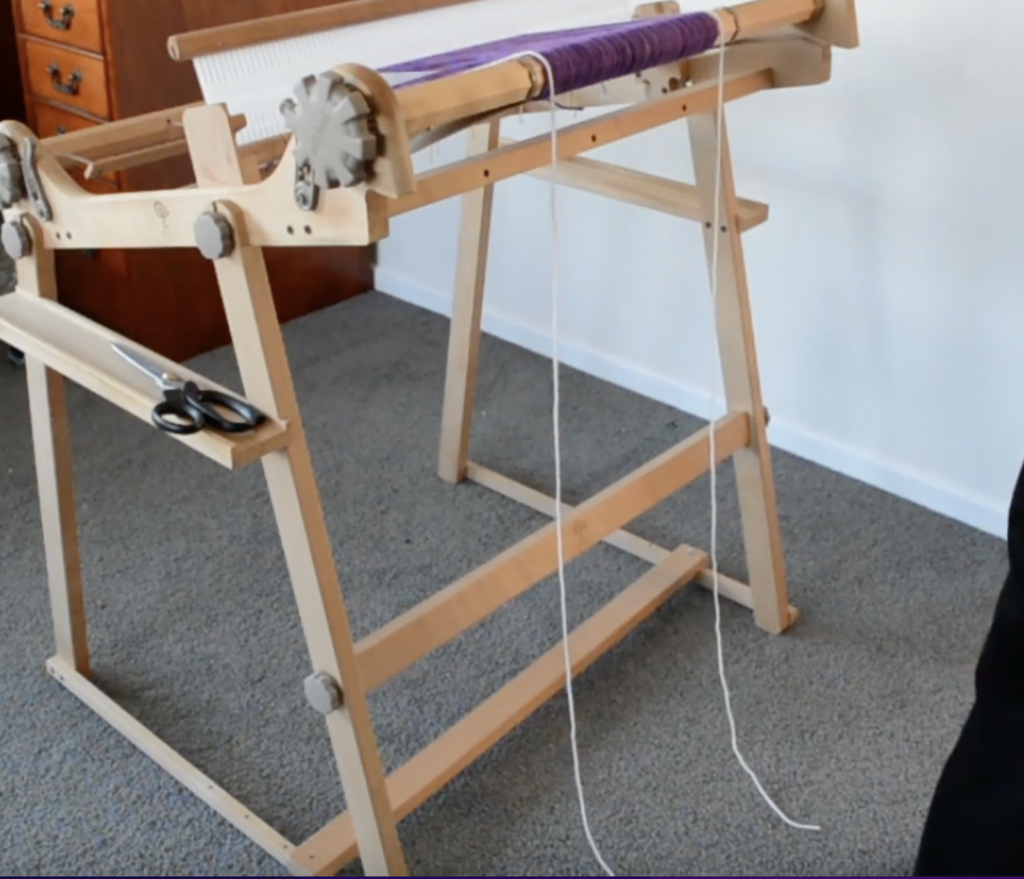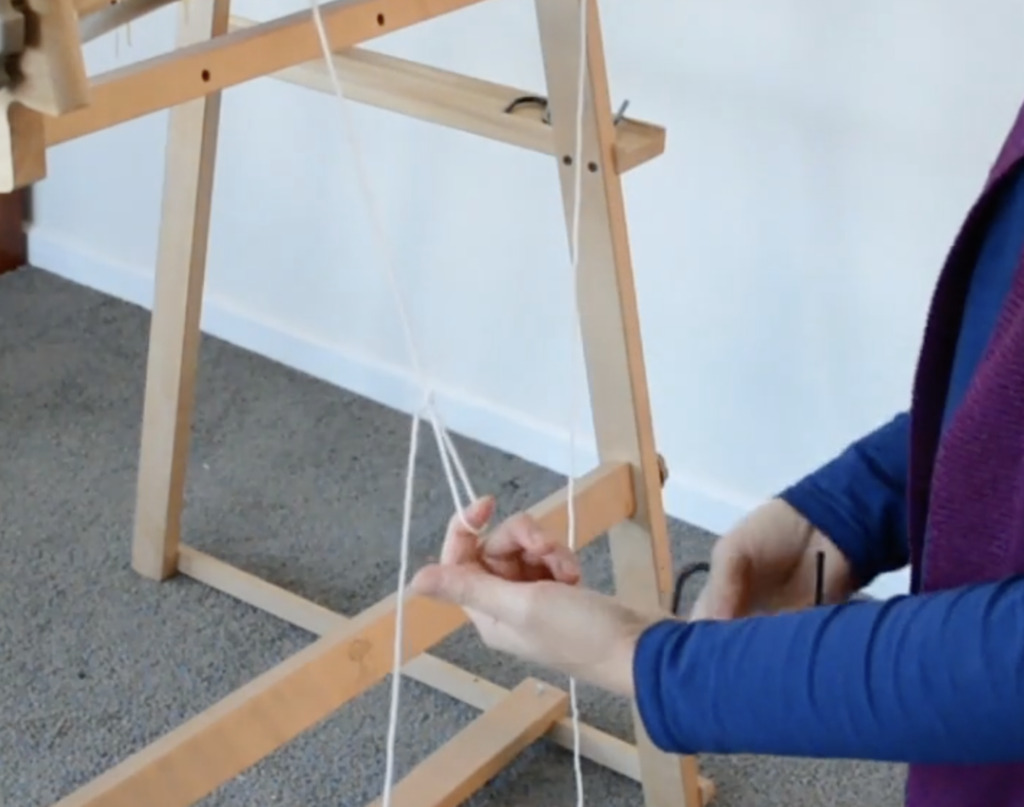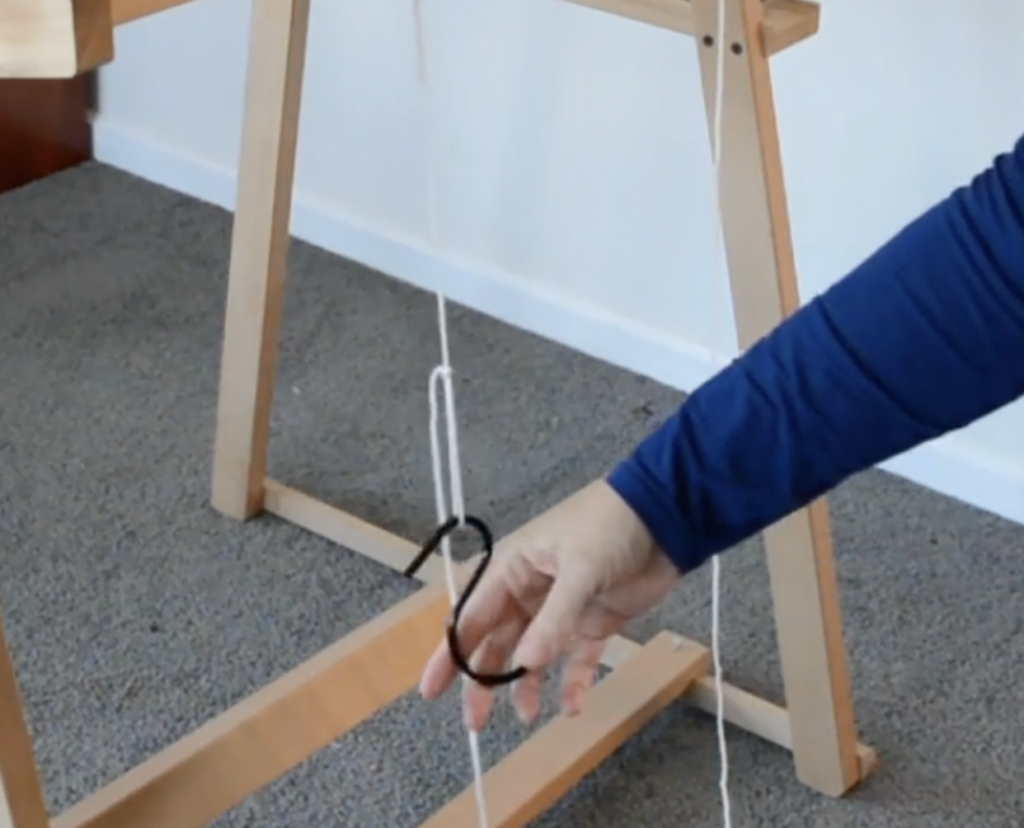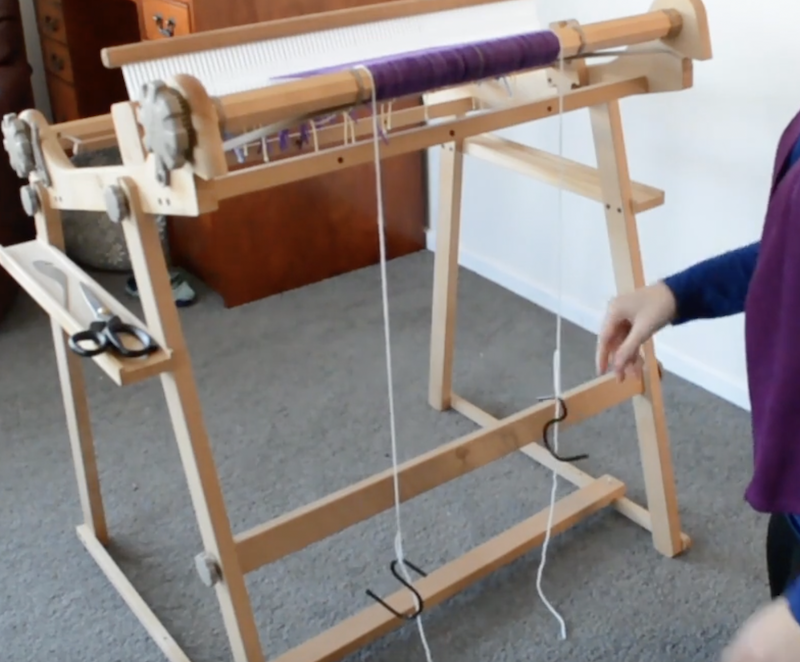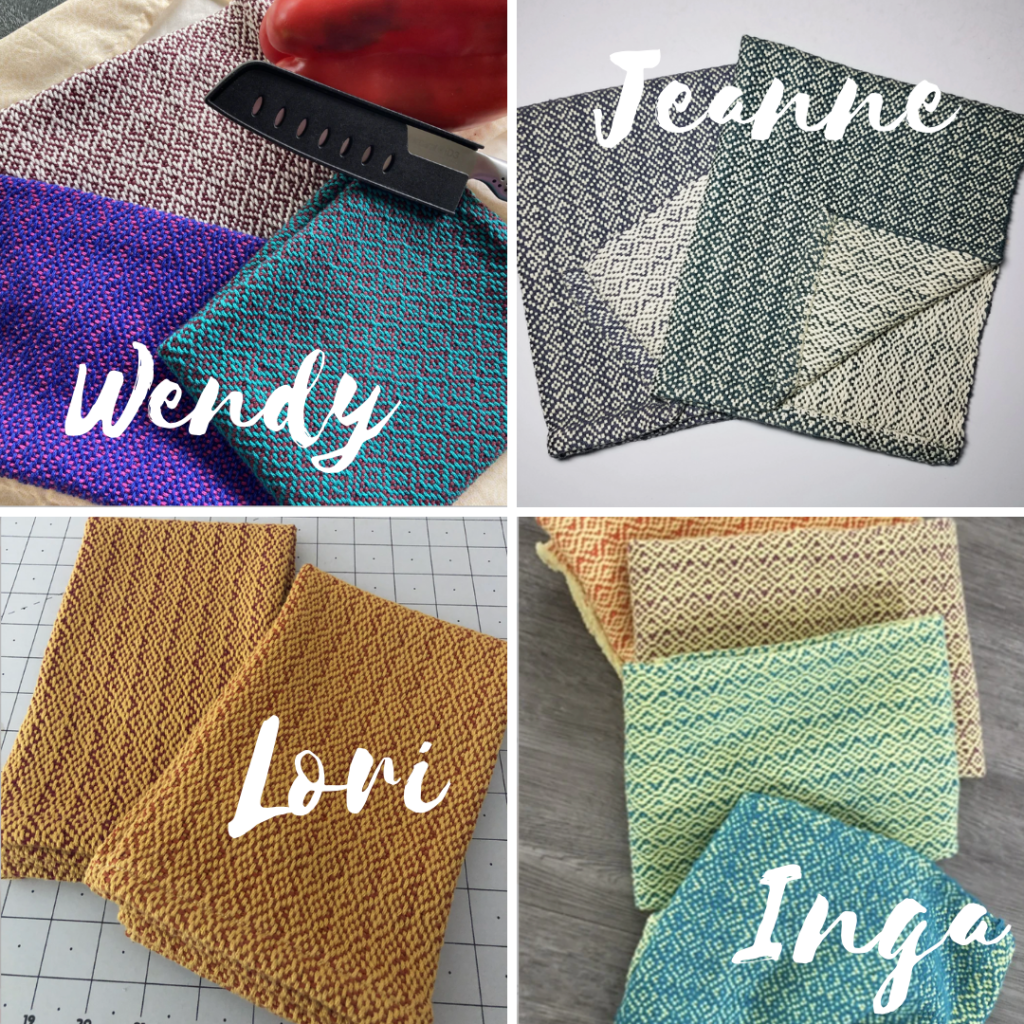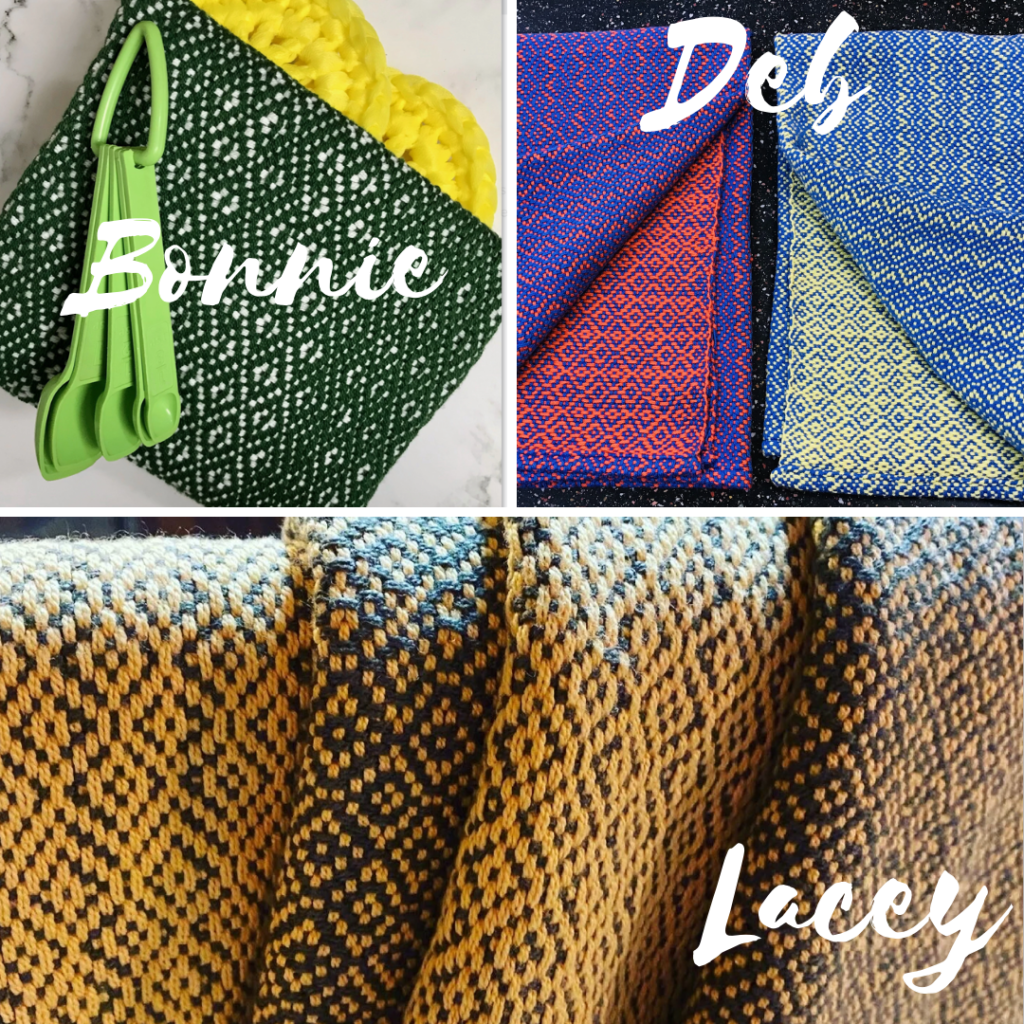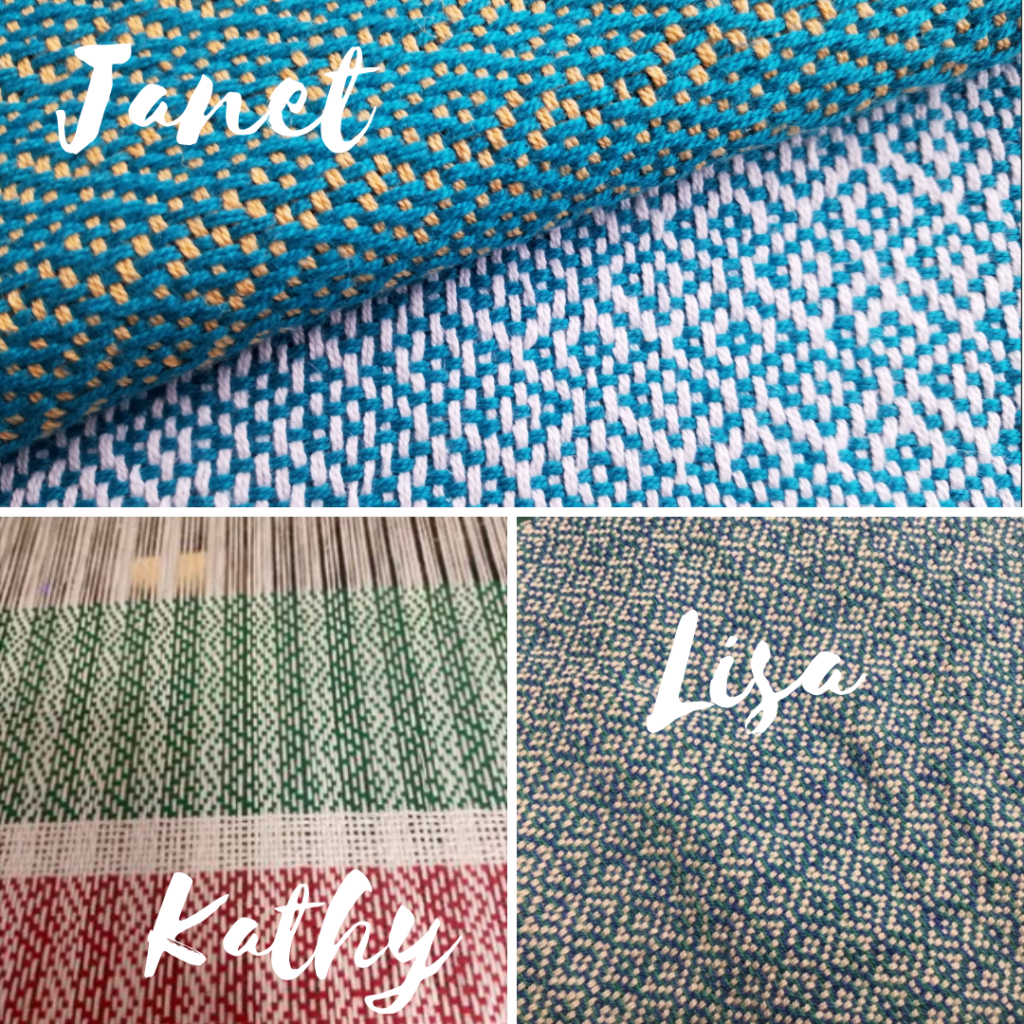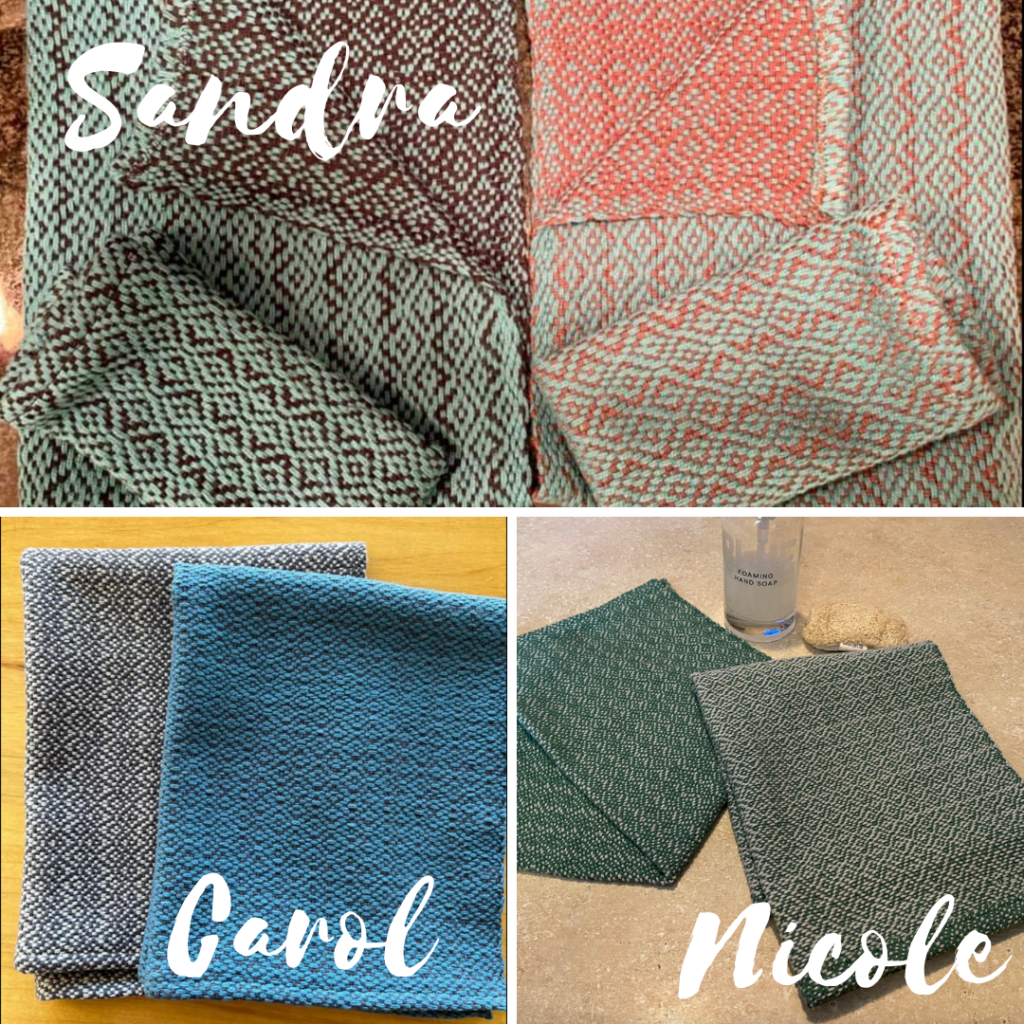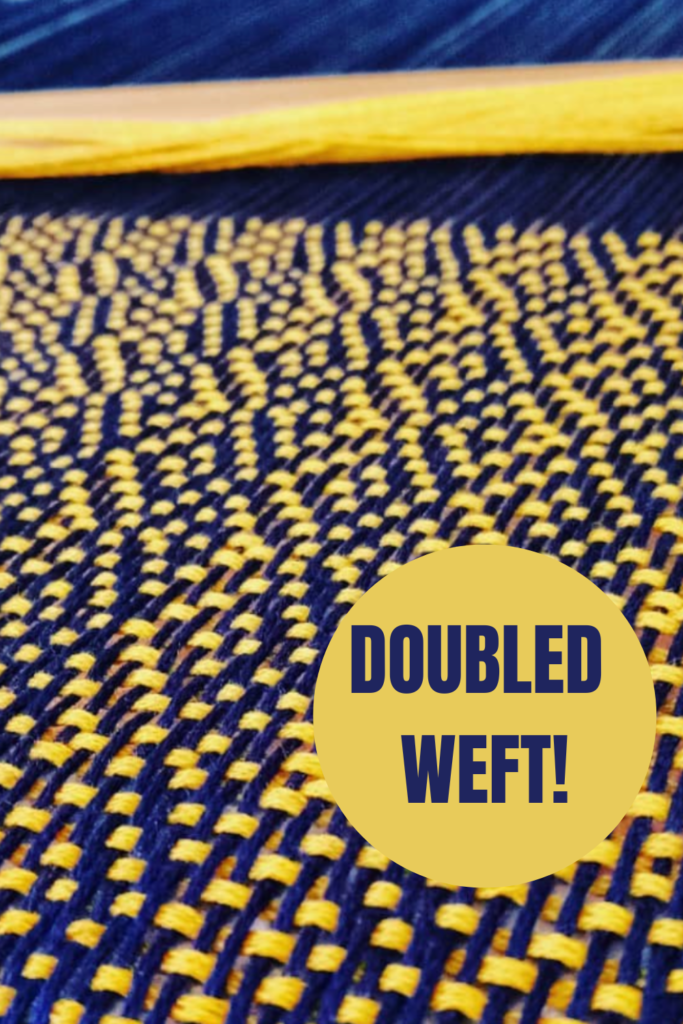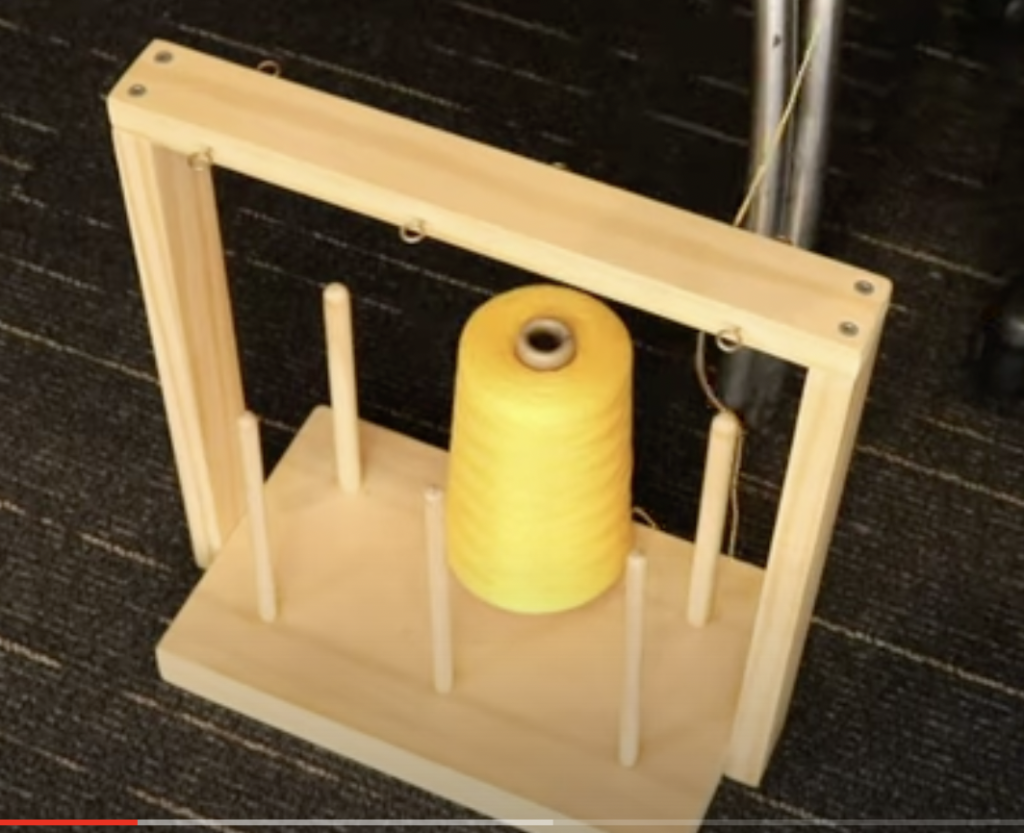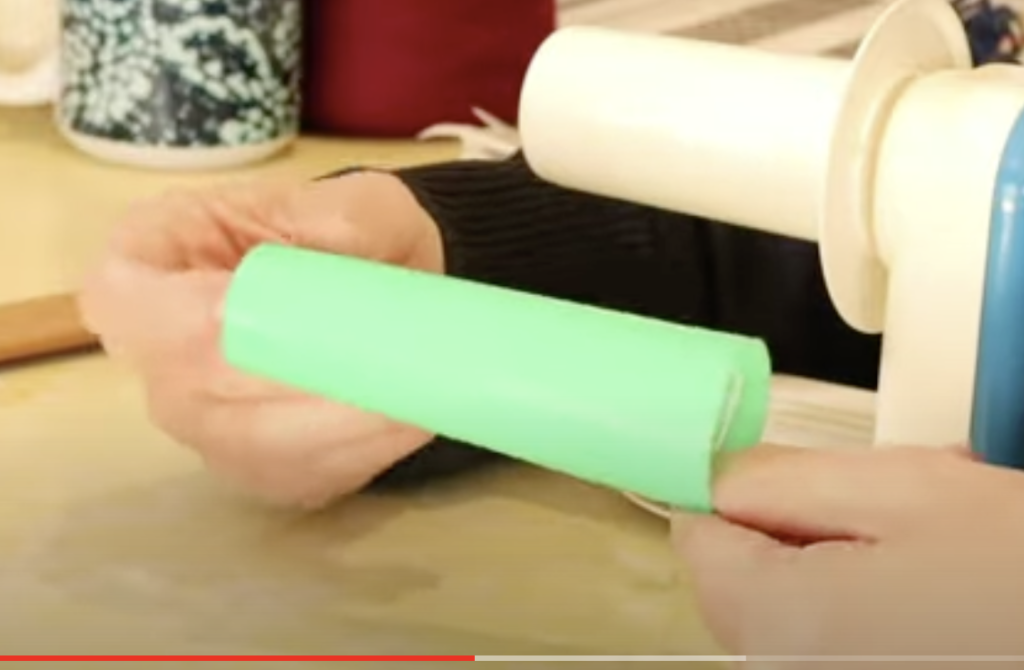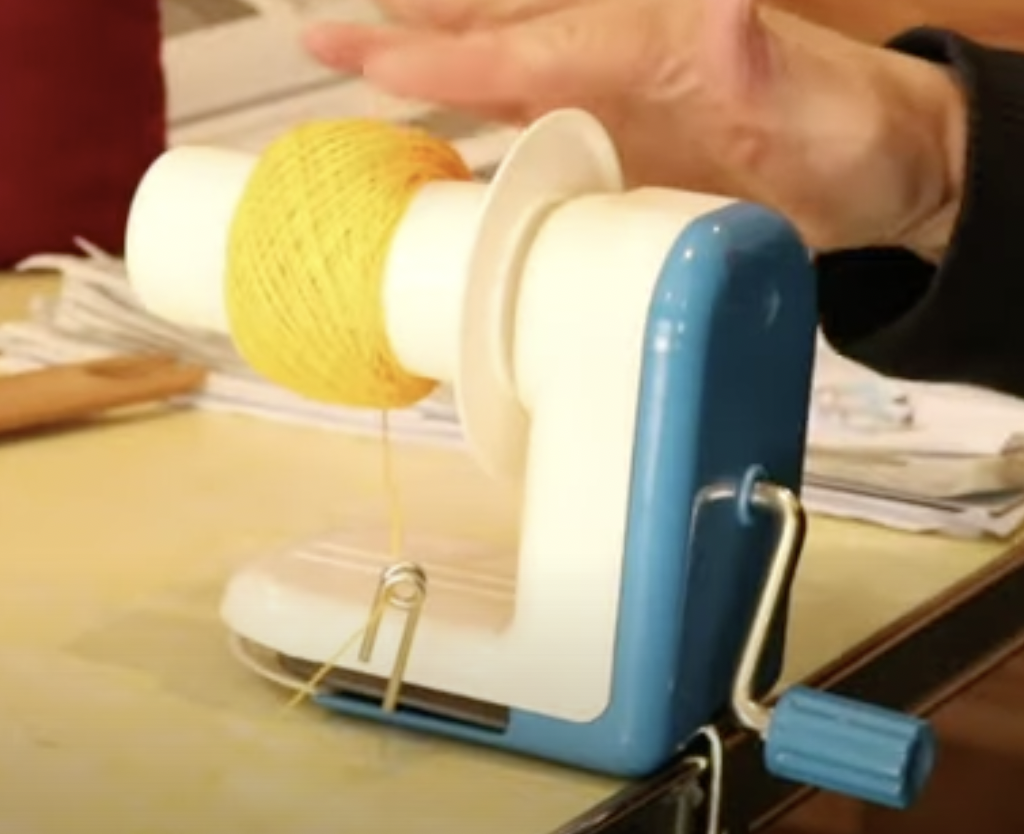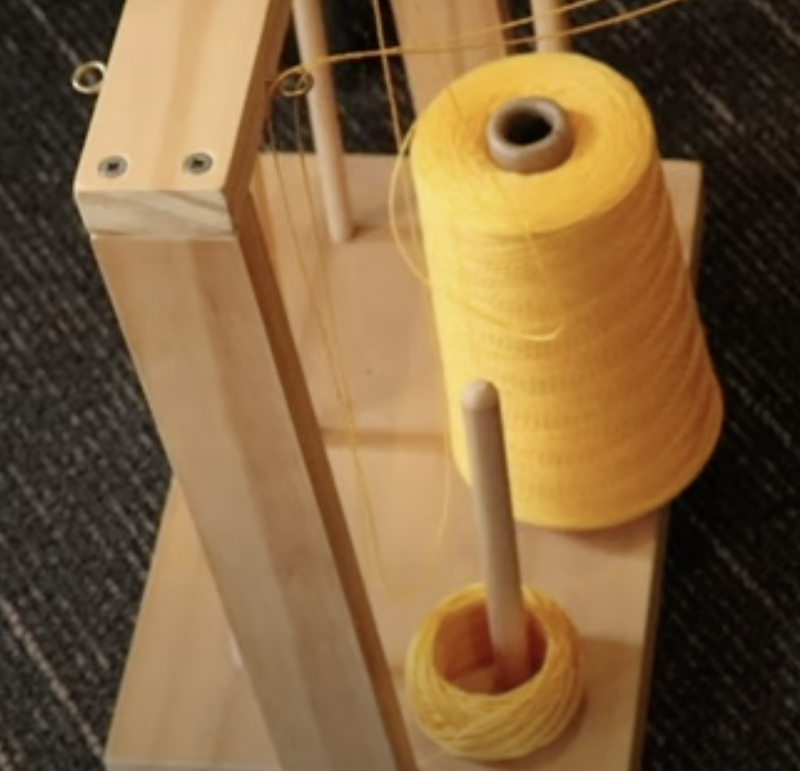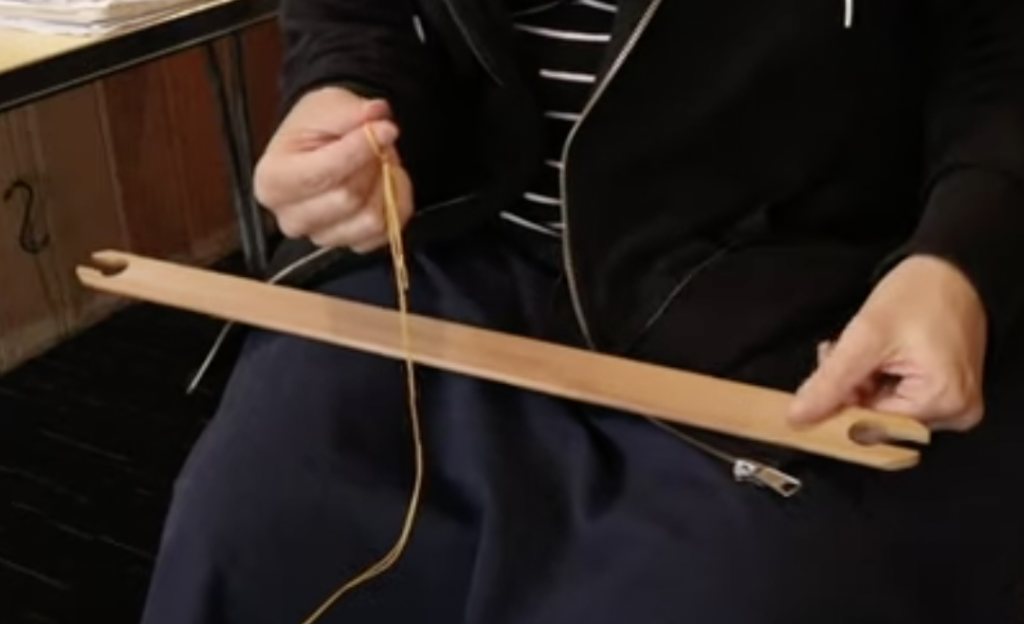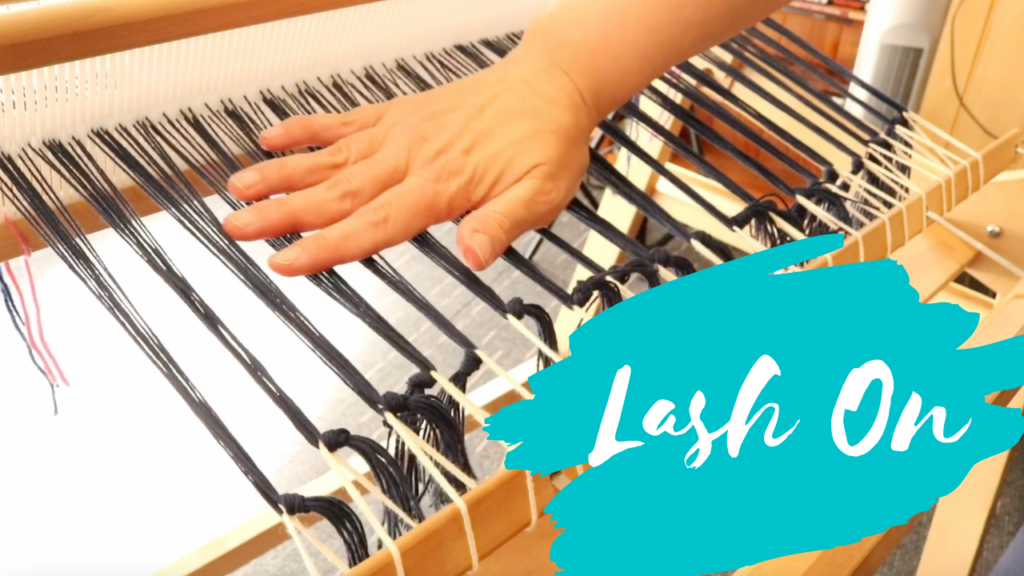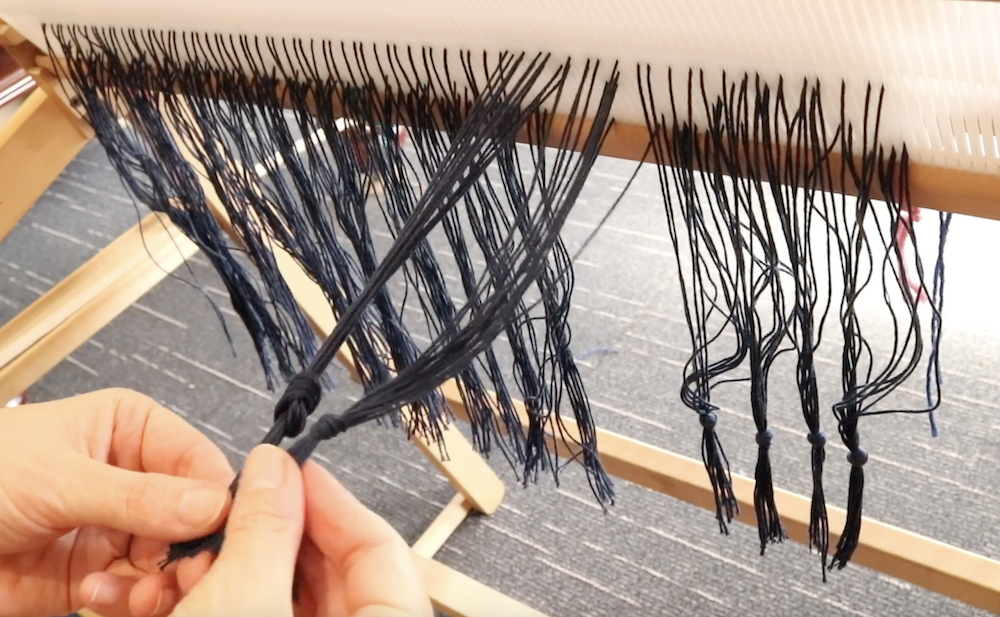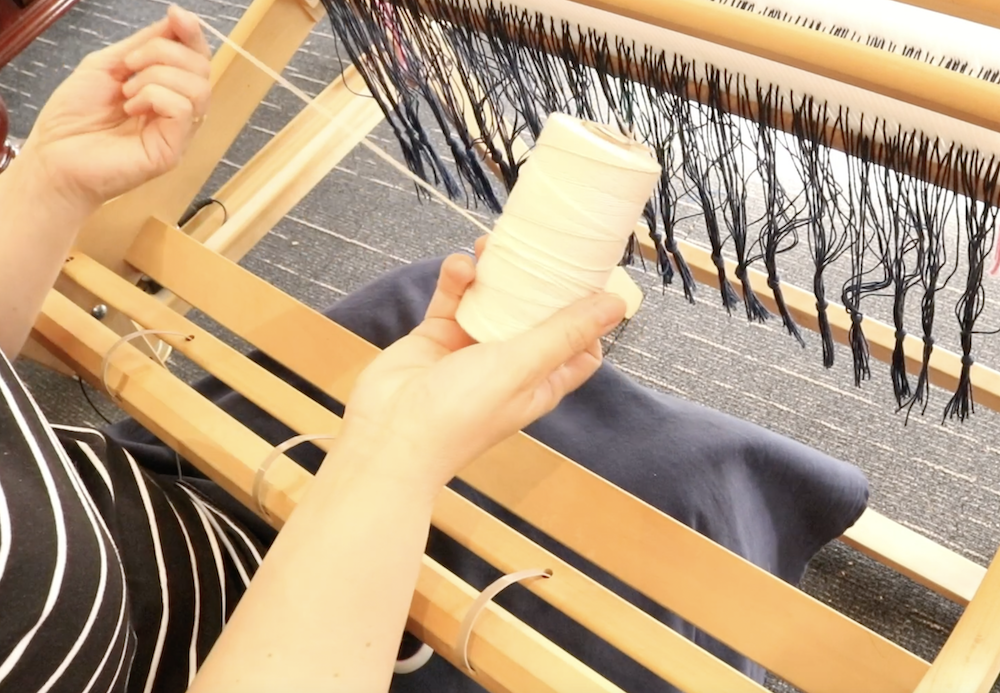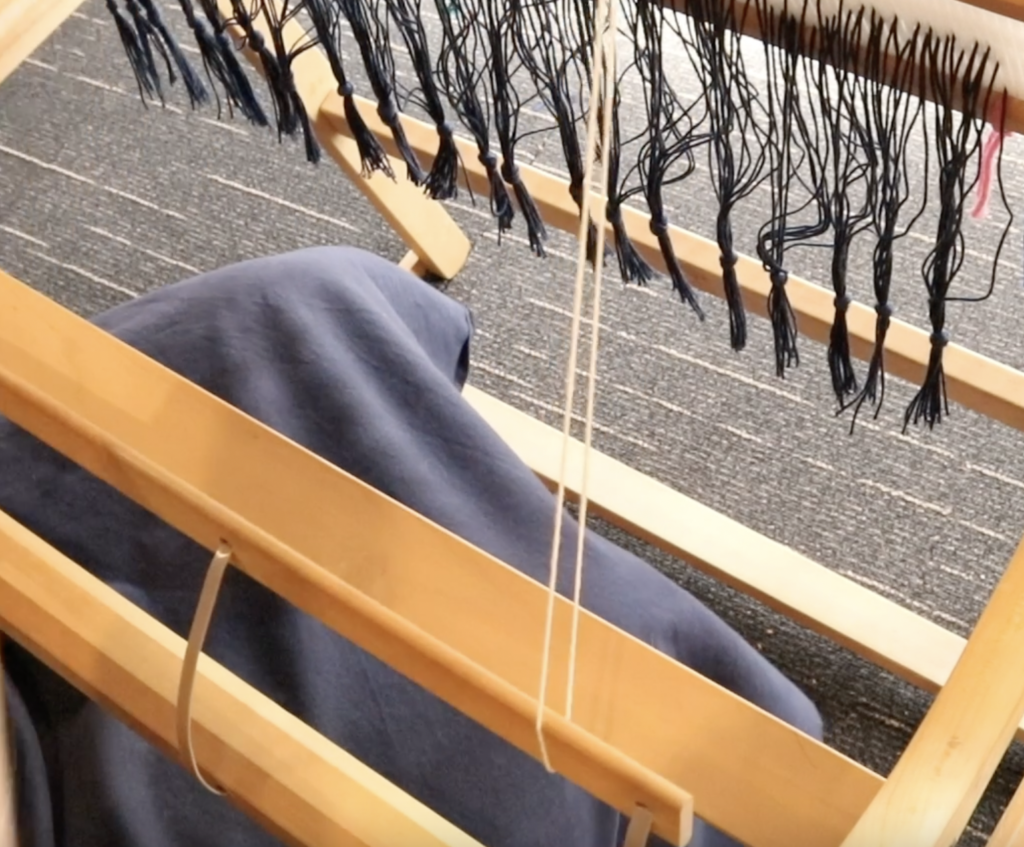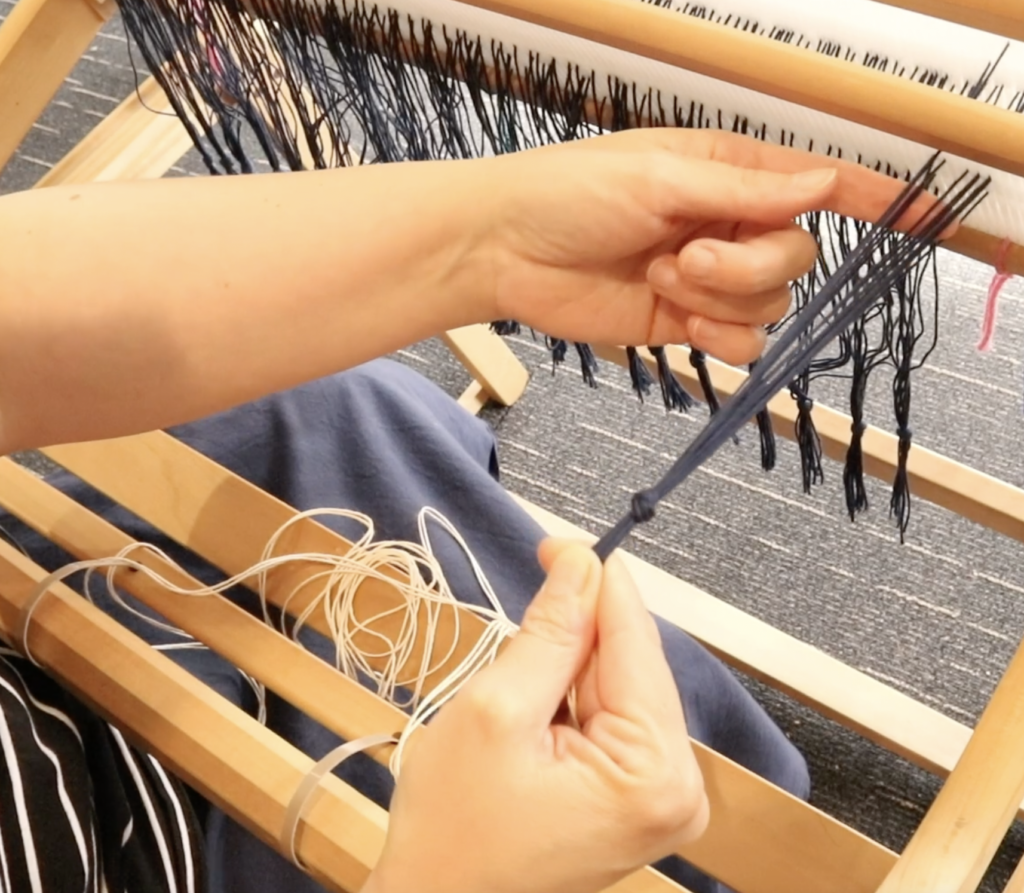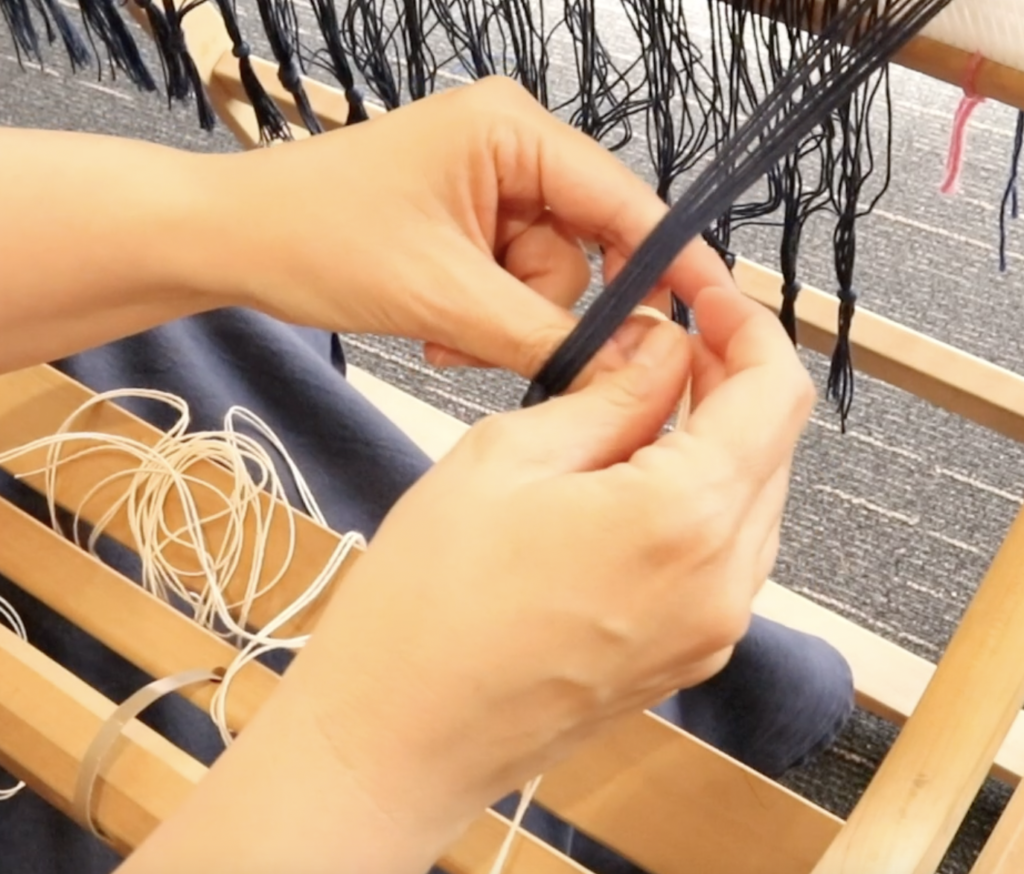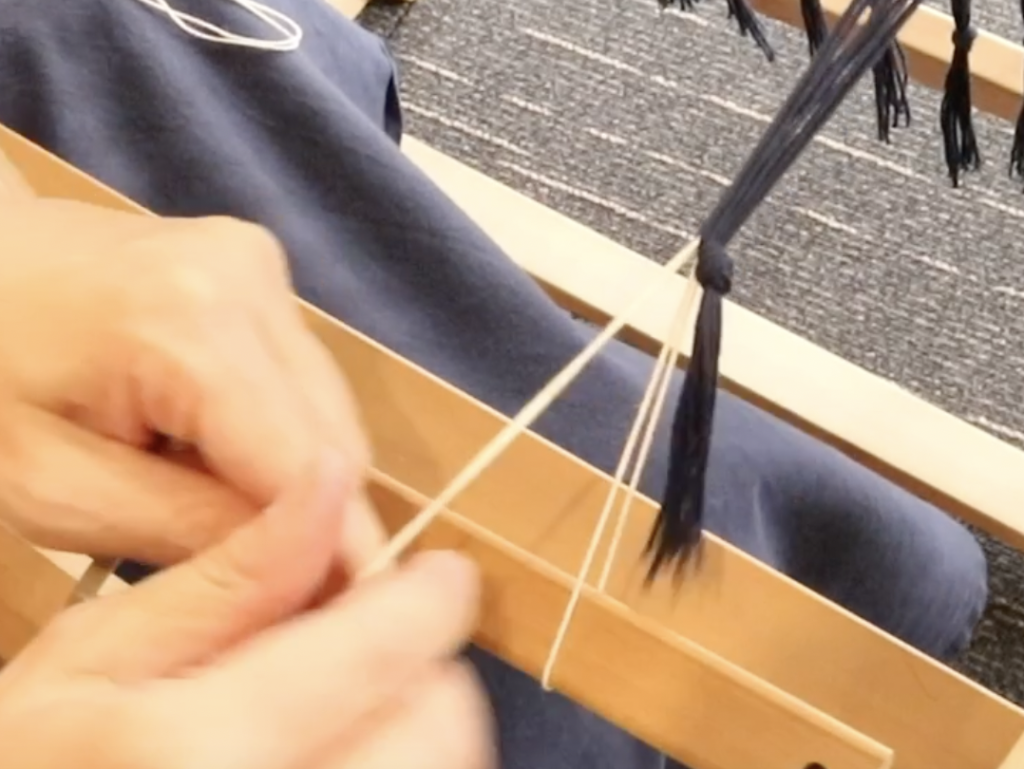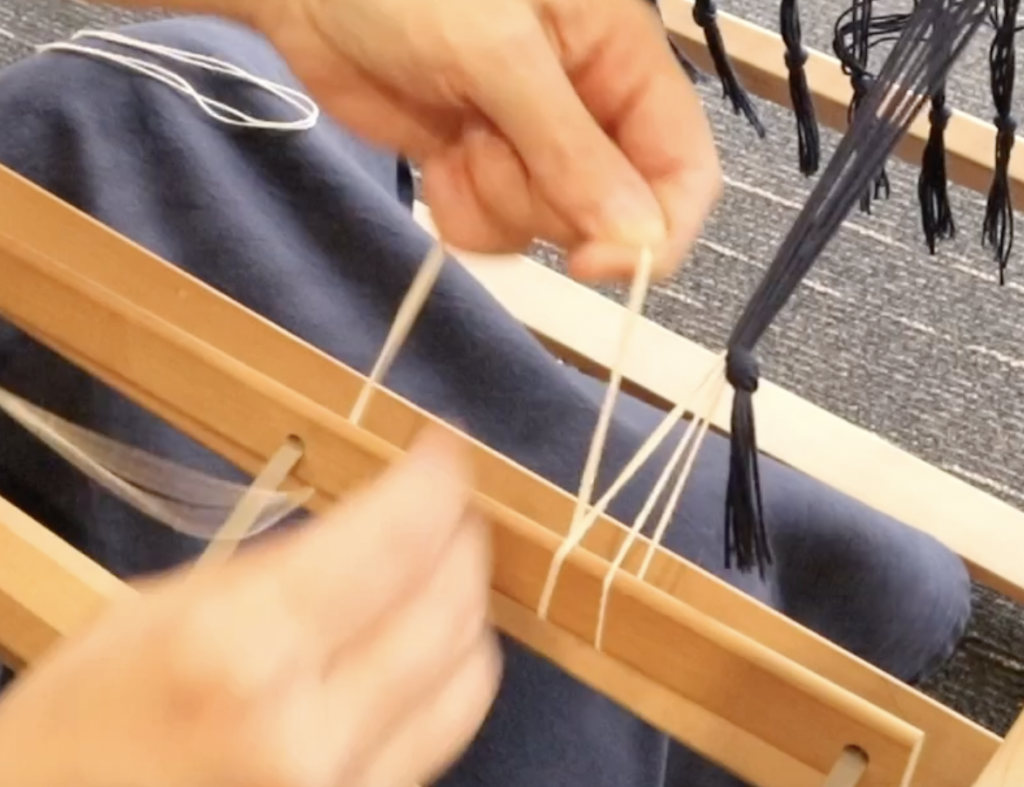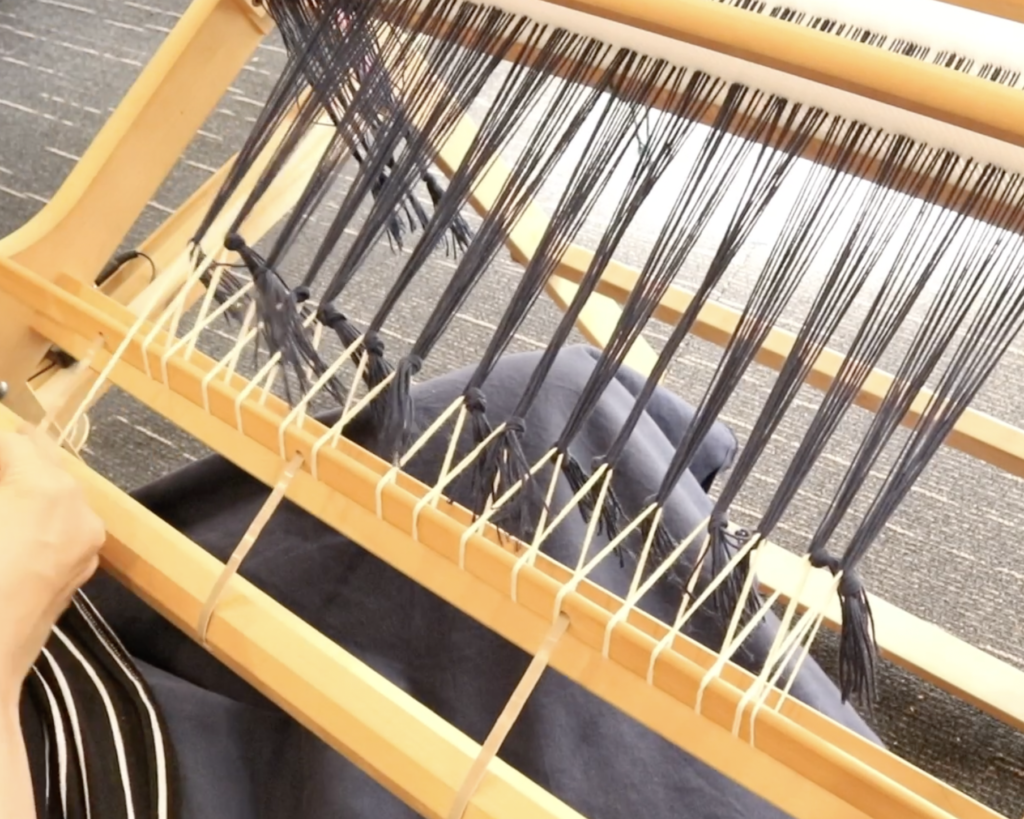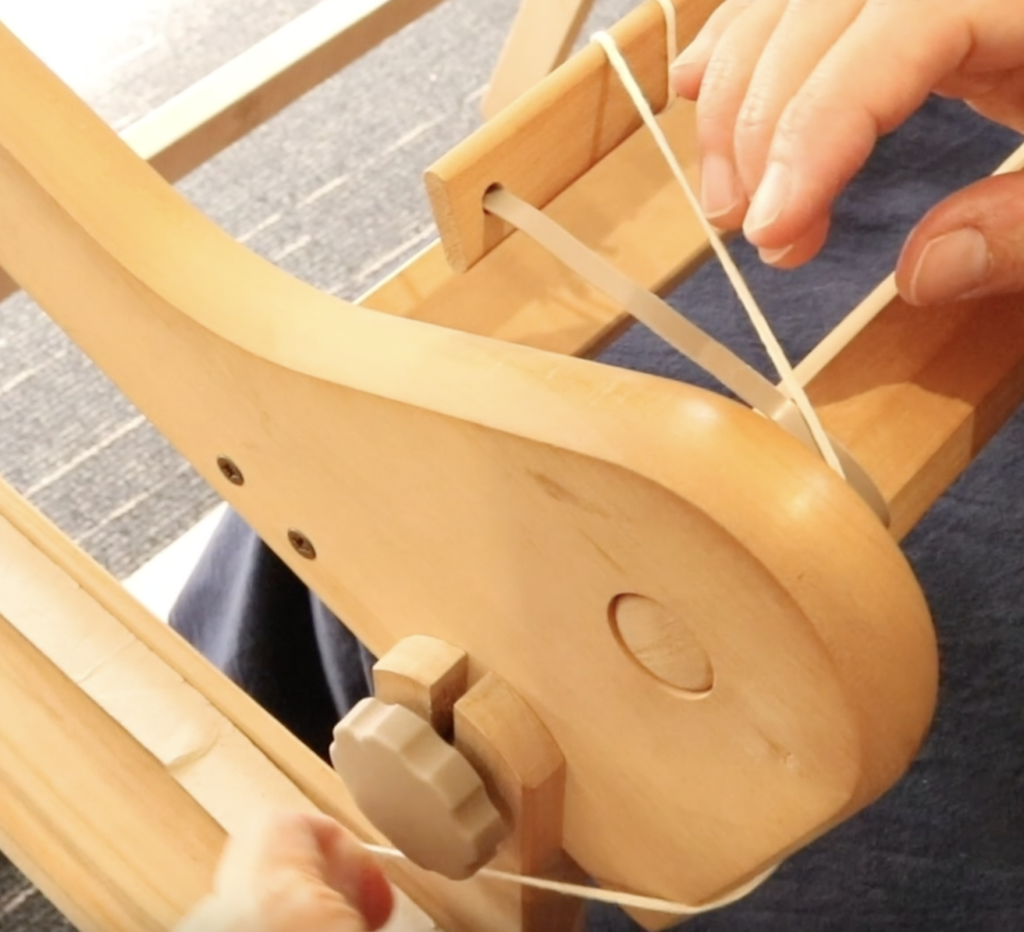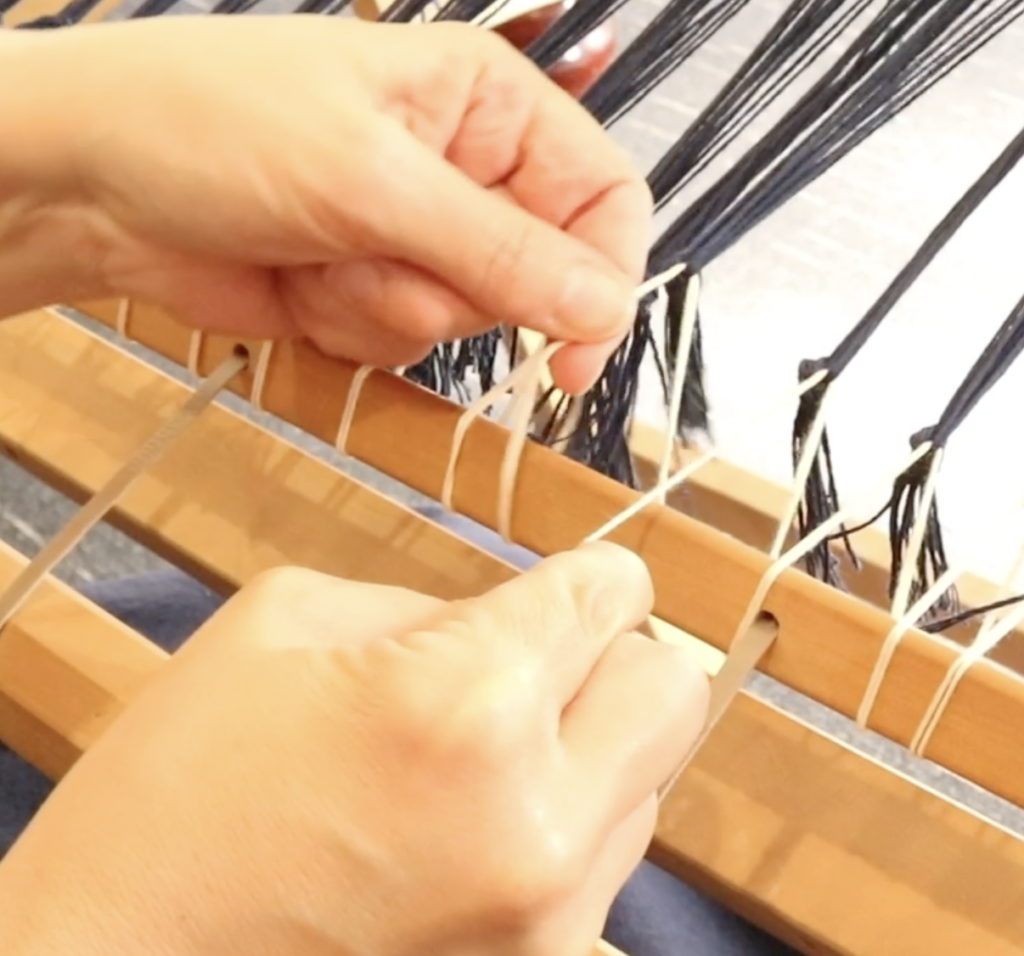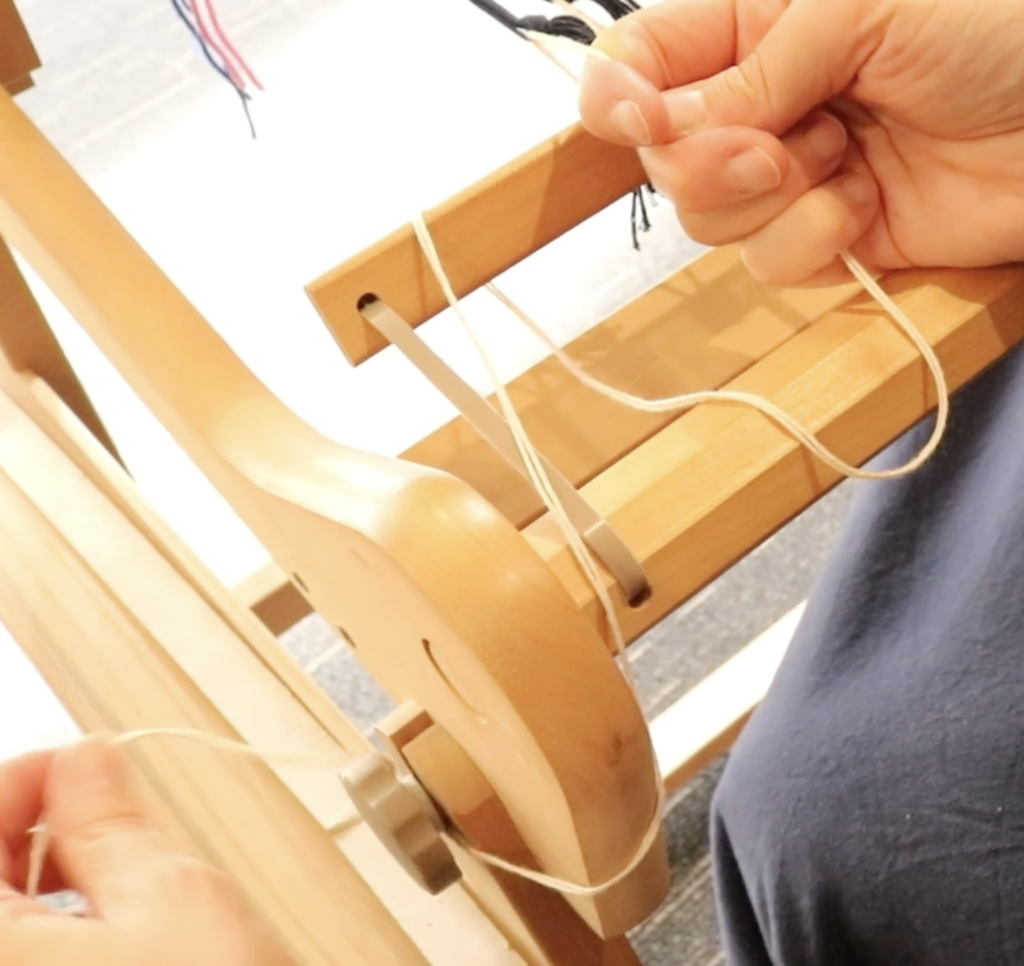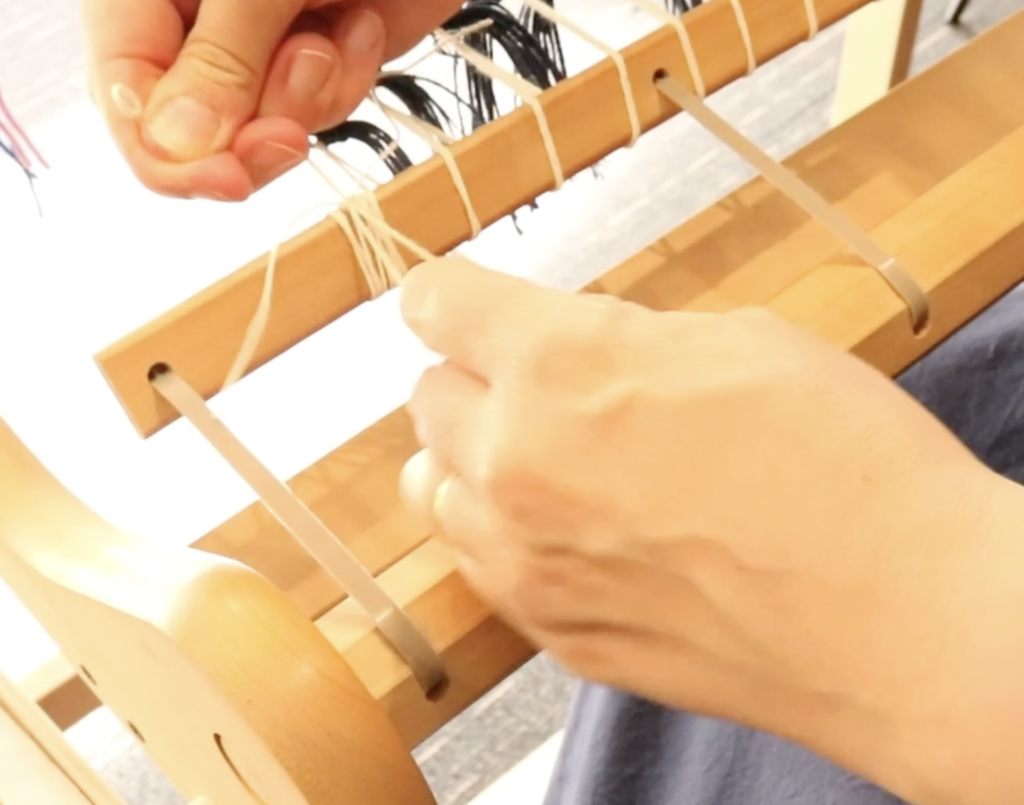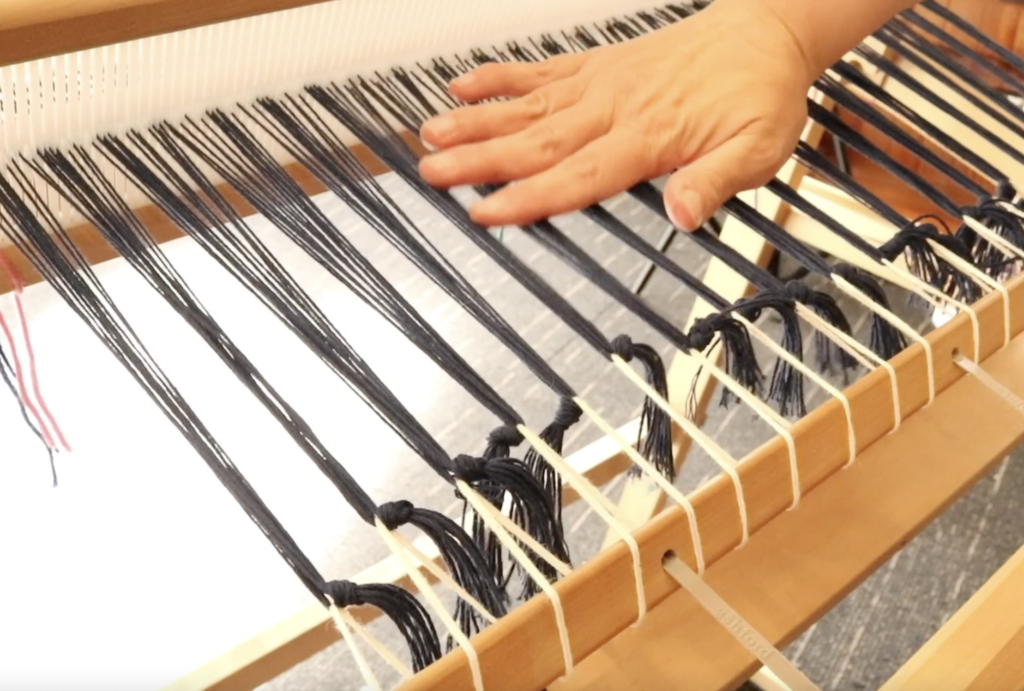In a previous post I detailed some of my favourite books for 4 shaft or more weaving, but today I’d like to talk about some great rigid heddle books.
If you have a really good local library, you may be able to borrow some of these books. This is a great way to check out a book first and decide whether you want to also add it to your home library. If you belong to a weaving guild, they will often have a healthy library for your education.
If, like me, your library is rather lacking in the weaving book department, I hope that this list provides you with some more direction for the type of book you may be looking to purchase.
I already have a video on this topic, but I know some people prefer to read rather than watch, plus I’ve added some extra books to the original list, so here we go!
*This post contains affiliate links. For further information, please see my disclosure policy.
I’ll start with my favourite and most used book. In fact, this is the first rigid heddle weaving book I bought and I believe it has taught me more than any other weaving book I own.
The Weaver’s Idea Book by Jane Patrick This book has so much content and is great for beginners. It allows you to start with the basics and build as you go. Just about everything you need to know initially is contained within these pages and I think of it a little like a training ground for new weavers. Although it’s great for beginners, it has plenty of information for weavers who want to learn more and level up. It is also hardcover with spiral binding, making it easy to lay flat and view while you’re weaving. Highly recommended!
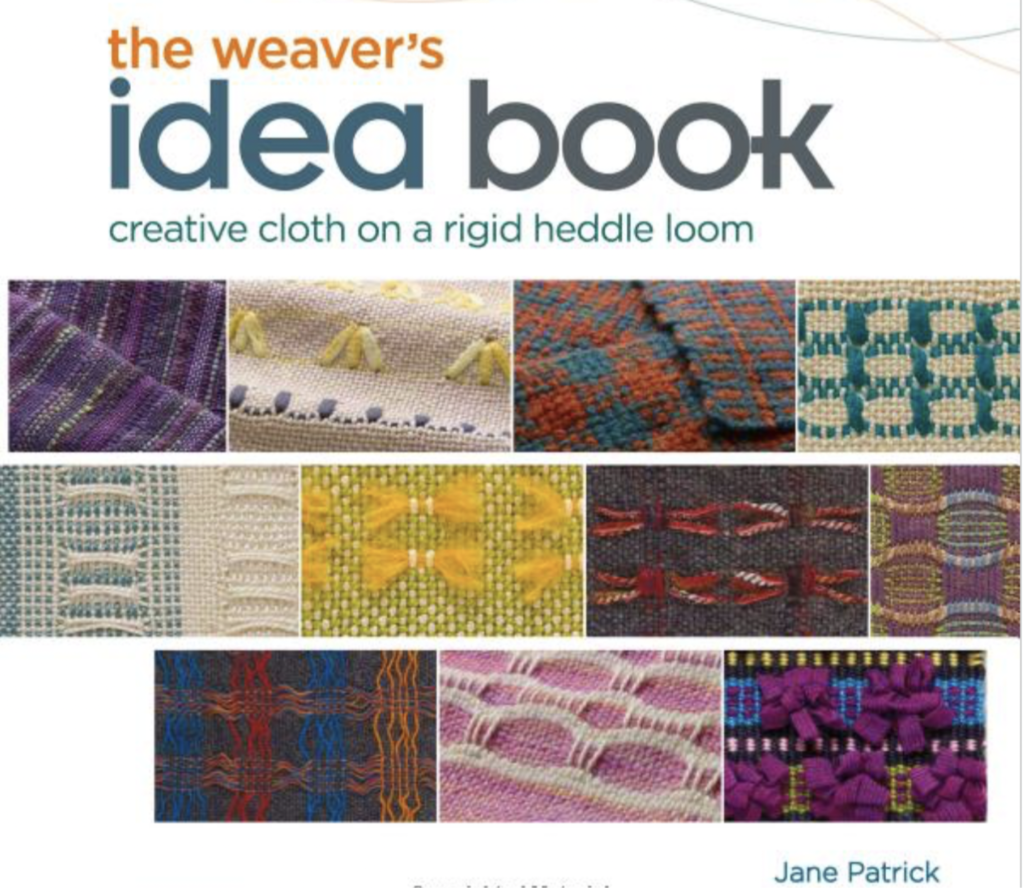
Weaving made Easy by Liz Gipson. A lovely little book that includes information on loom set up. The projects are simple enough for beginners and interesting enough for all weavers.
Woven to Wear by Marilyn Murphy. I also read this book as a newer weaver and loved how it stirred my imagination. It contains simple garments with lots of plain weave, making it great for beginners, particularly those wanting to get a taste for sewing with your handwoven. The sewing projects are simple rather than finicky, with the use of large shapes instead of small pieces.

Inventive Weaving on a Little Loom by Syne Mitchell This book is awesome value for beginners to intermediate with lots of ideas. For the newer weaver, there is practical information and plenty of inspiration for once you have the basics down. I think of this book as one that you may not fully appreciate until you have some more weaving experience, perhaps a book that will grow with you through your weaving journey. Towards the middle and later part of the book are projects and ideas that may be too challenging for a new weaver, but that an enthusiastic and curious weaver will definitely want to make use of later on. There is a lot of information, it is attractively set out and a joy to flip through.
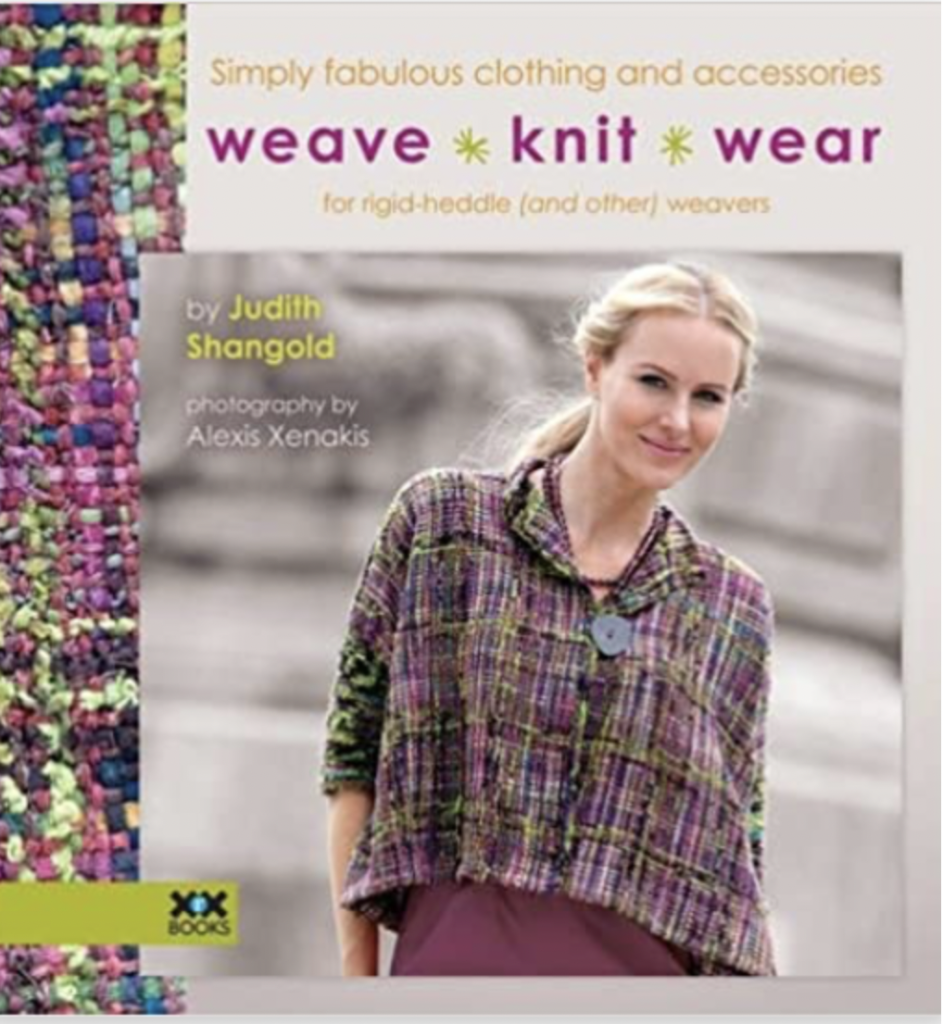
Weave, Knit, Wear by Judith Shangold This book is responsible for opening my eyes and quickening my heart over the range of possibilities with a rigid heddle loom and garment making. Judith uses mostly plain weave, colour and design to make fabric look special. She includes design layouts and illustrations to help you wrap your head around how garments can be constructed. What I really love about this book is the fusion of weaving, knitting and crochet added in. It really has encouraged me to think outside the square and maximise my rigid heddle loom.
Thanks to Allison for pointing out that, as this book is now out of print, you can obtain a PDF copy for a very modest price by emailing Judith, as detailed on her website.
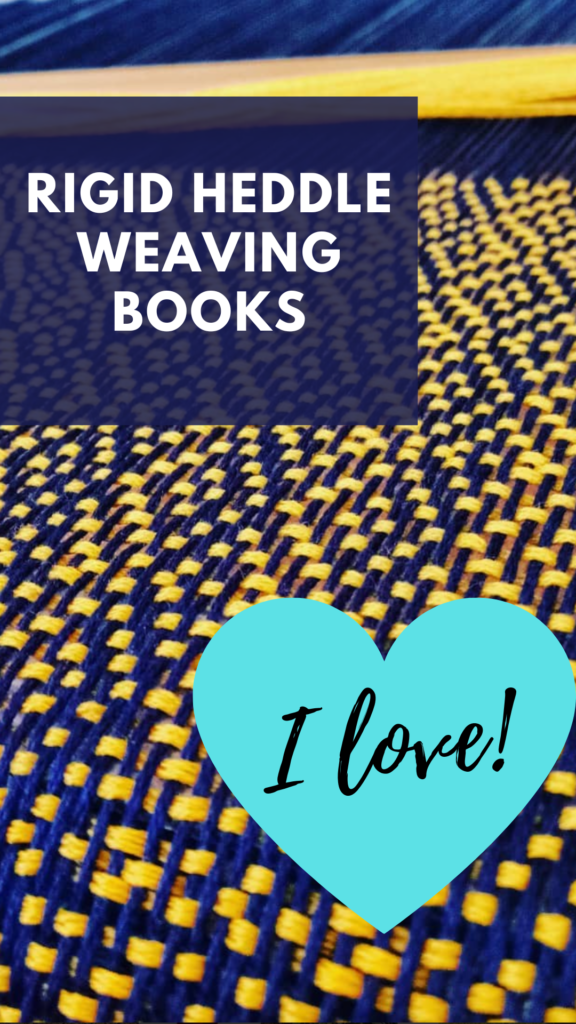
Simple Woven Garments by Sara Goldberg Another really great book on making simple garments with simple, colourful, hand woven cloth. There are more than 20 projects and they are all wearable! There are also details on adjusting garments to your own specifications.
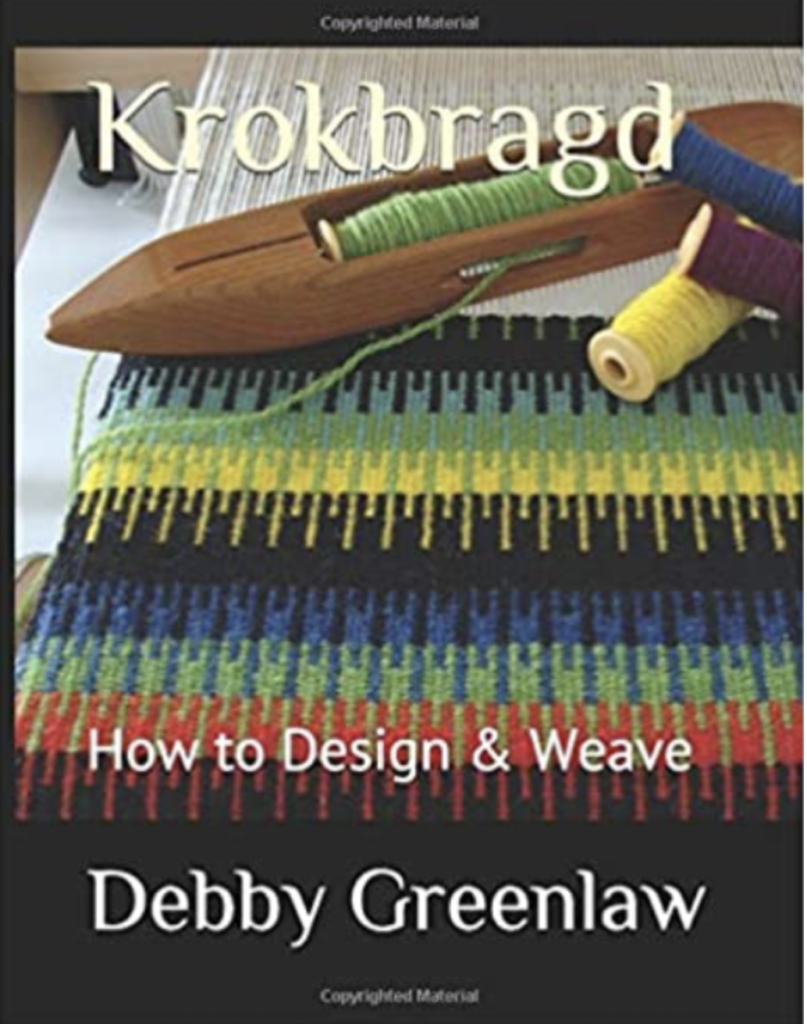
Debby Greenlaw’s book Krokbragd: How to Design and Weave. is a wonderful addition to any weaving library, especially if you are a lover of krokbragd. I actually like this book so much that I wrote a review for it here, so pop over and read if you want to find out more about it. Since the release of this book, Debby has written Krokbragd Patterns as well, great for those who want to delve in even further with patterning possibilities.
If you’re after some slow weaving with big impact, you can’t go past Myra Wood’s Crazyshot – Creative Weaving for the Rigid Heddle Loom. This book takes the simple techniques you may have seen in my Branoe/Overshot videos on Youtube and takes them to the next level. The projects in this book are absolutely gorgeous. Myra has followed up with another book, Crazyshot Companion.
To see all my book recommendations is one easy to access place, visit my Amazon Shop.

You may be interested in checking out this video I made several years ago. Although it’s missing some of the books that are on this page, there is more in depth discussion of each book:
I hope this booklist is helpful to you!
Until next time…
Happy Weaving!

